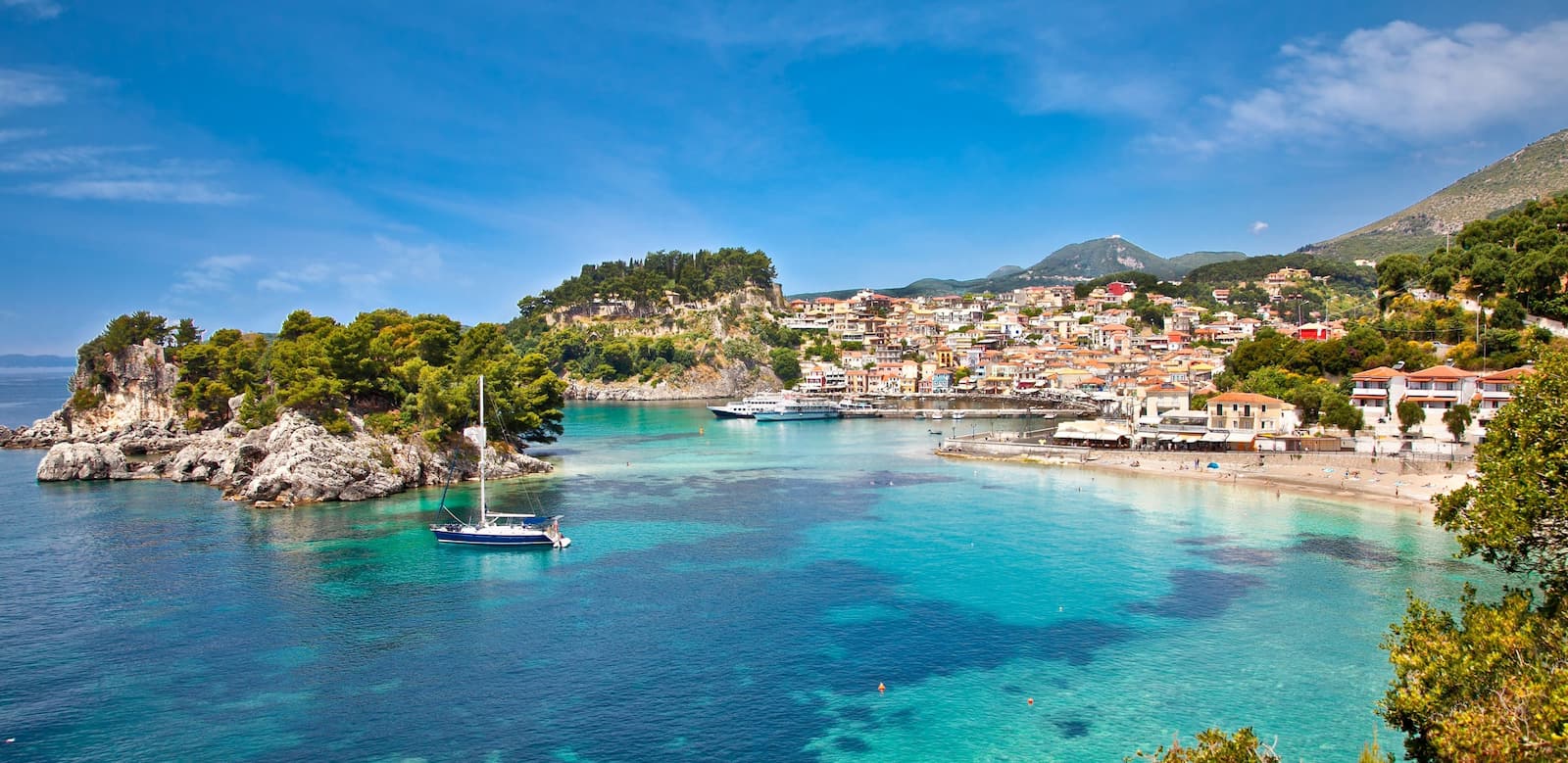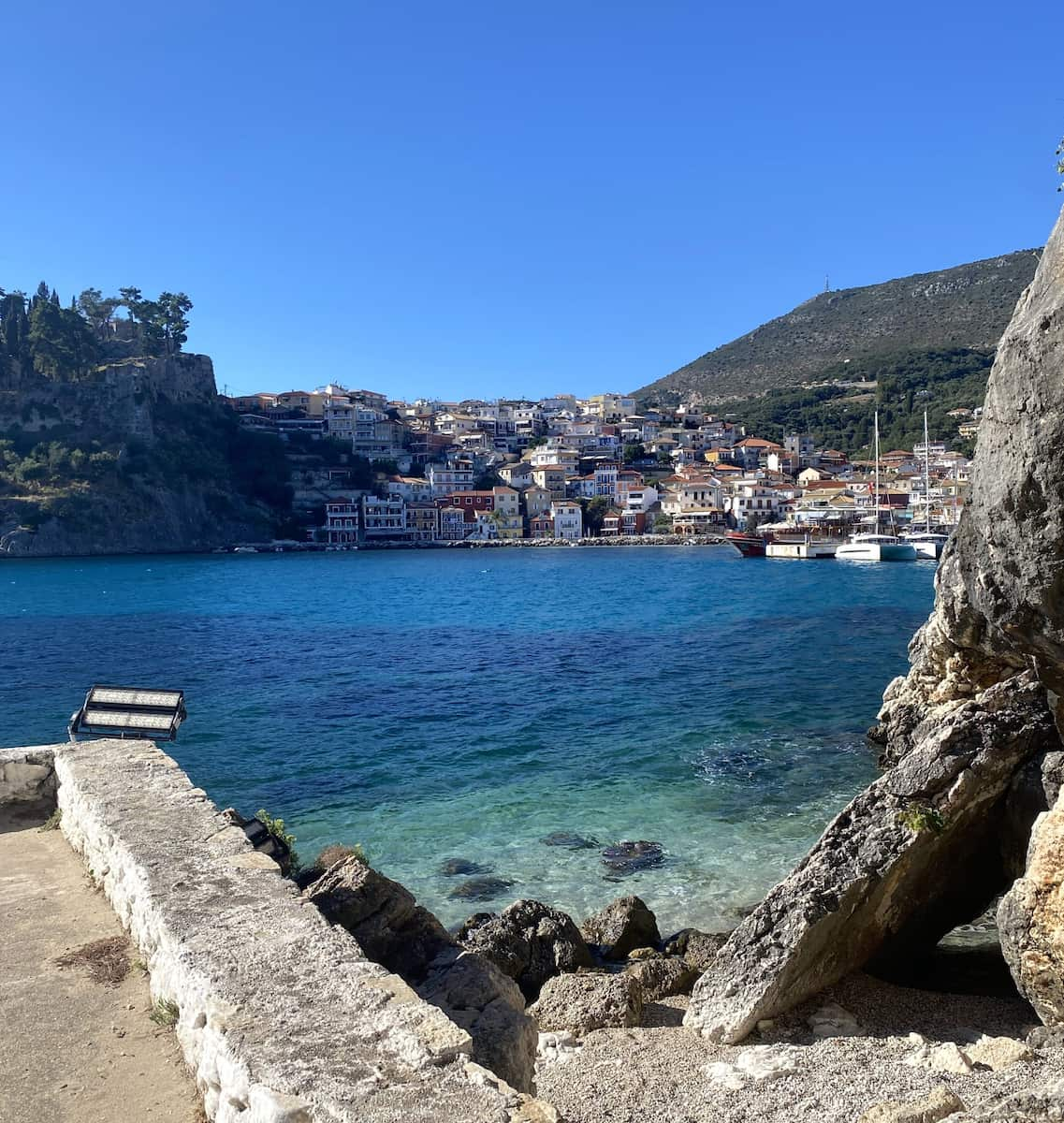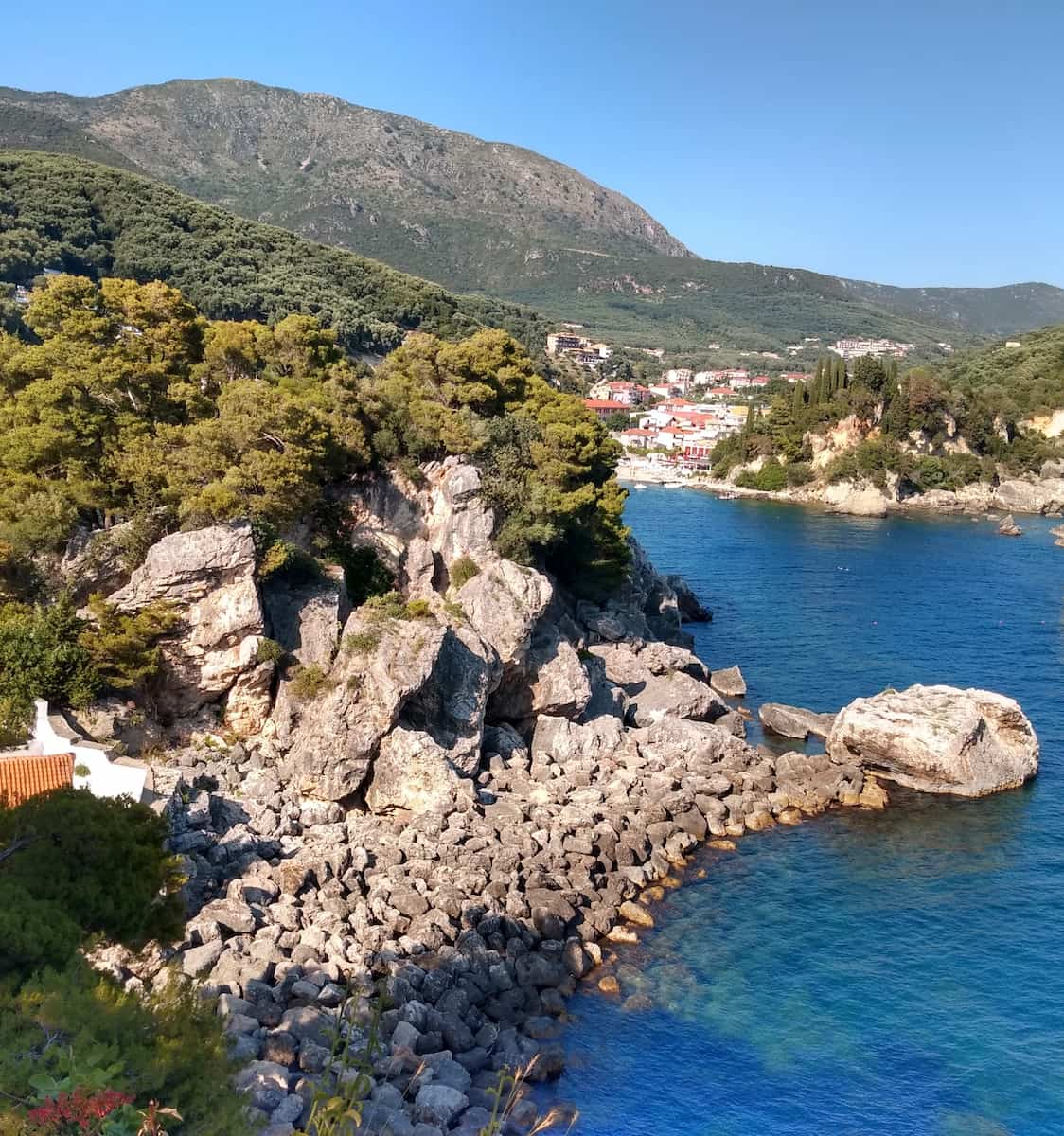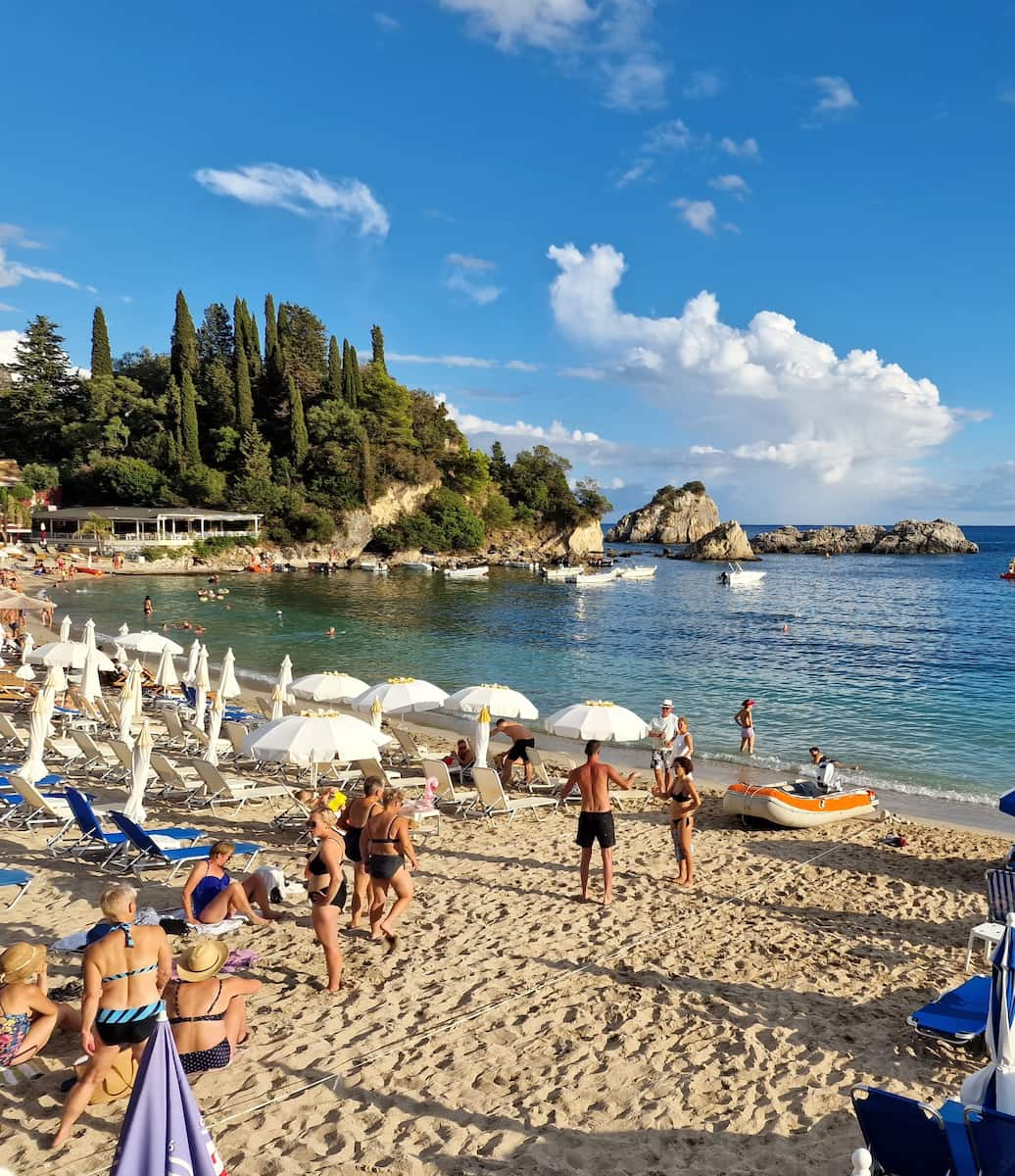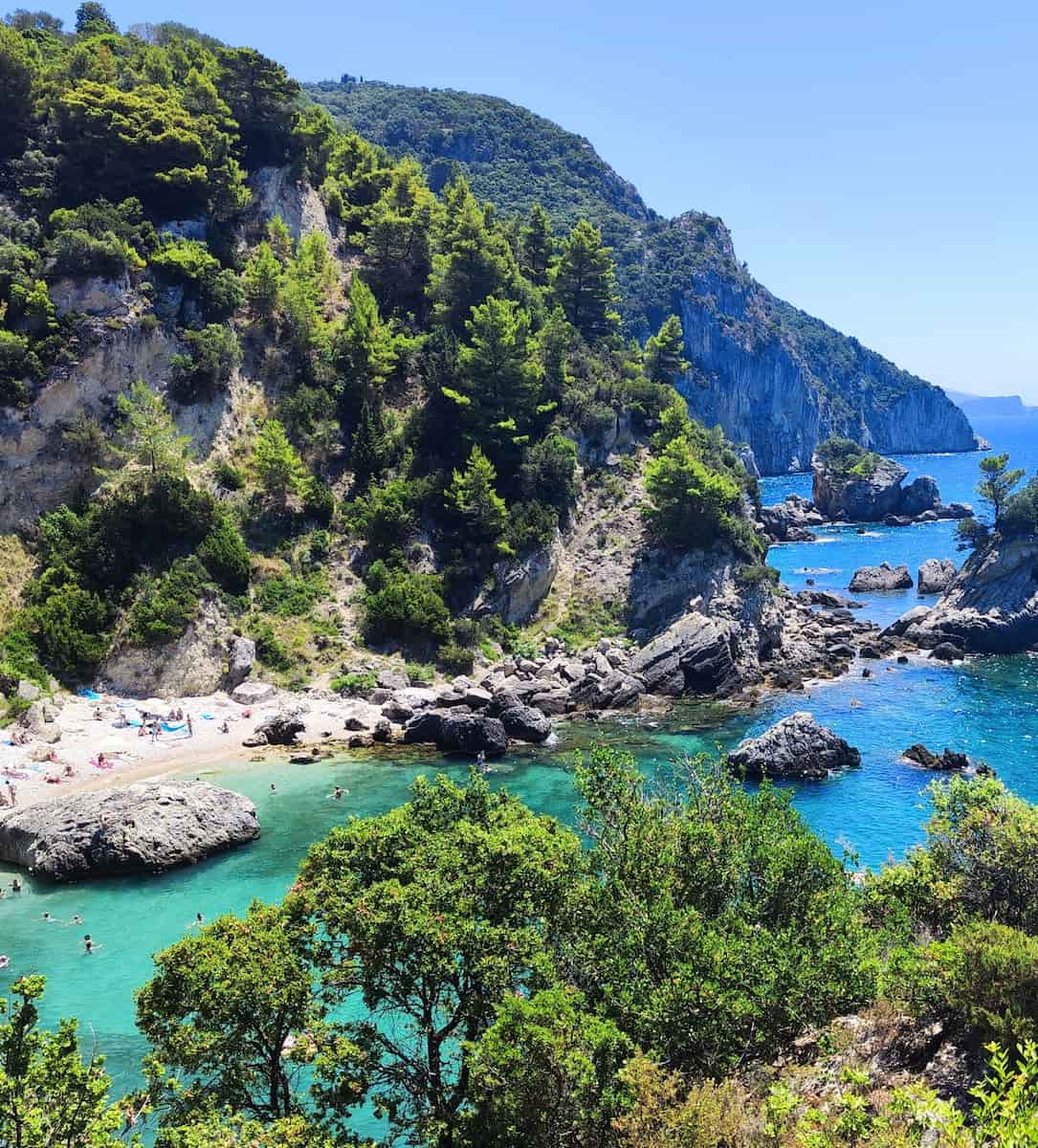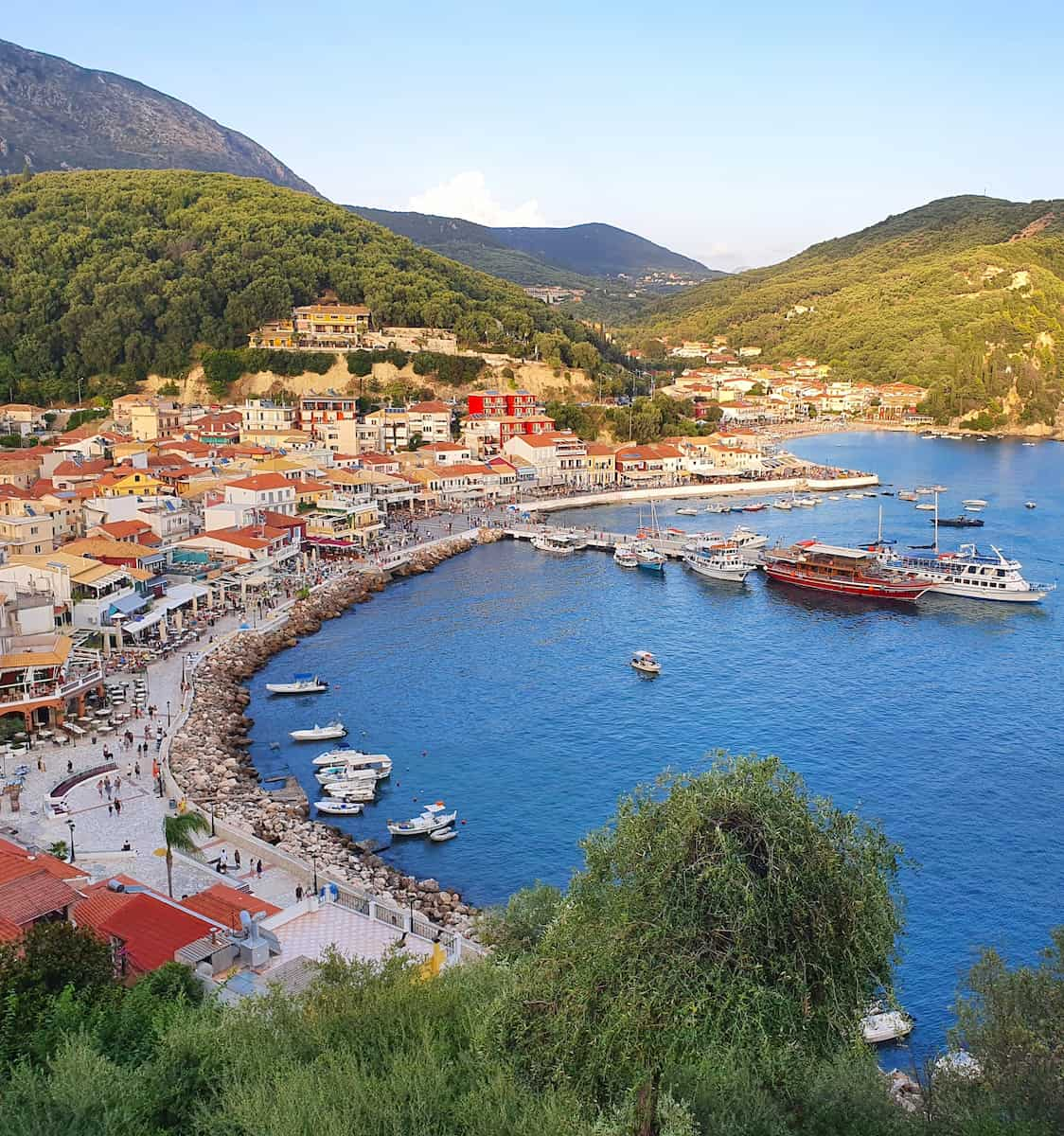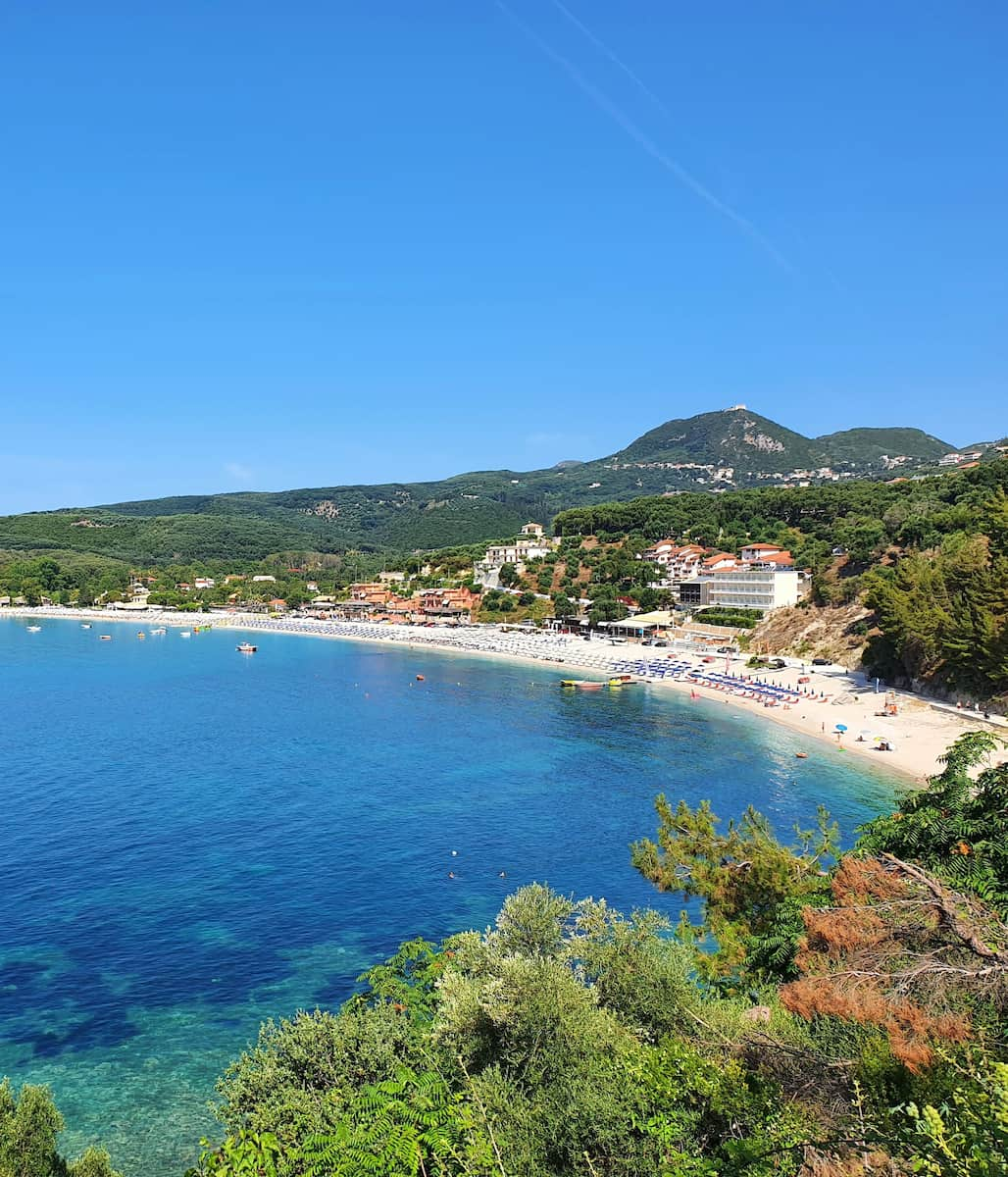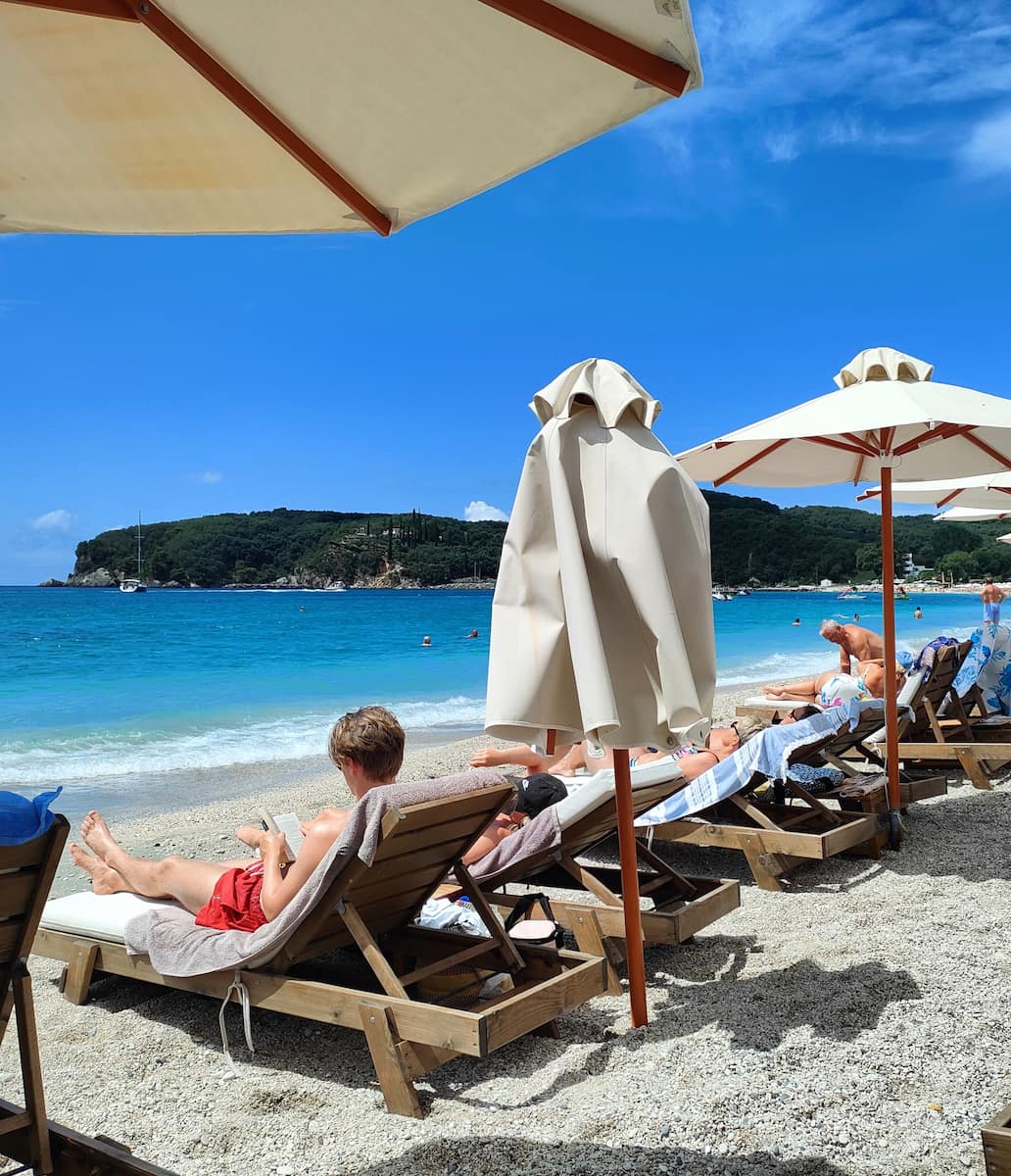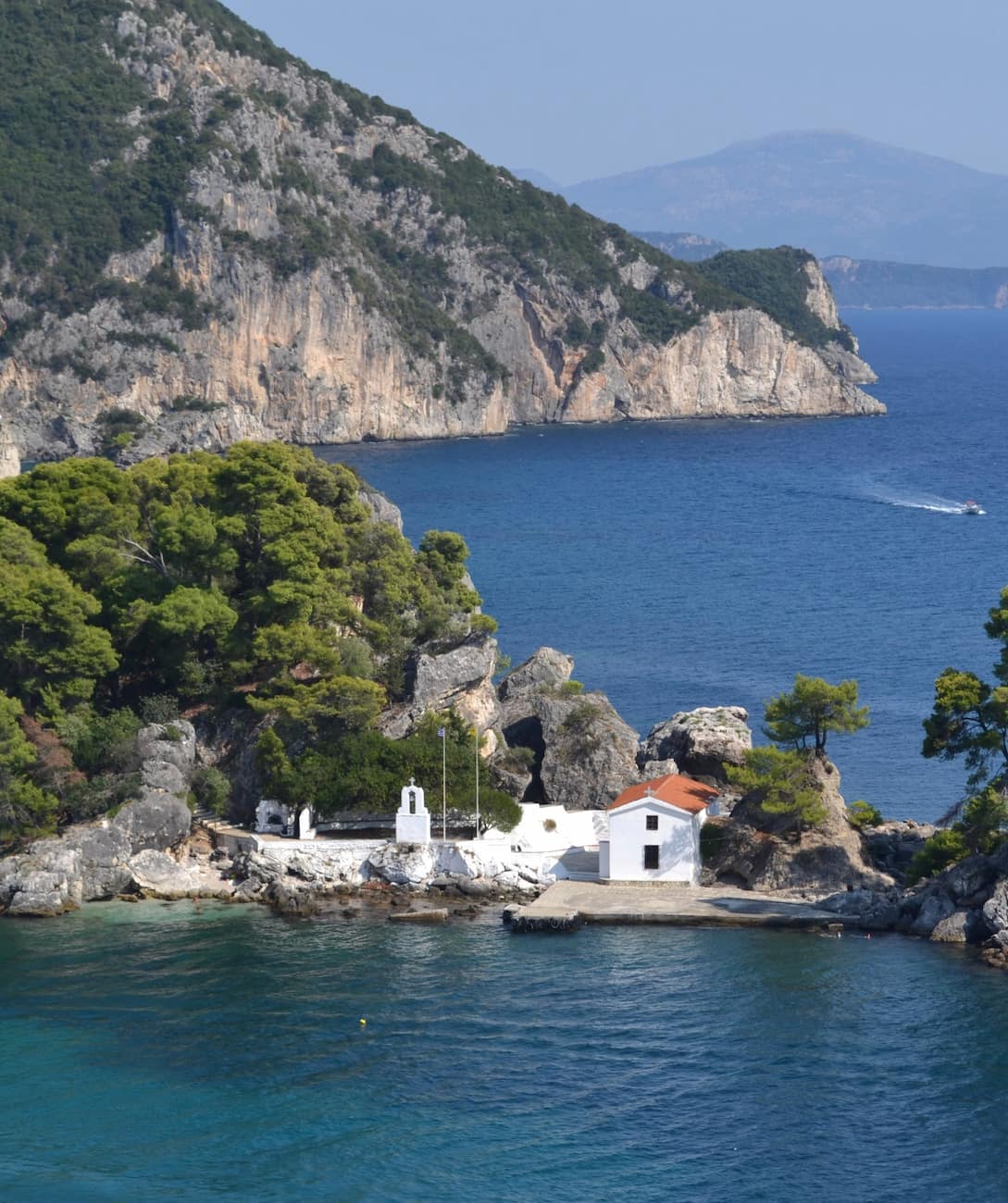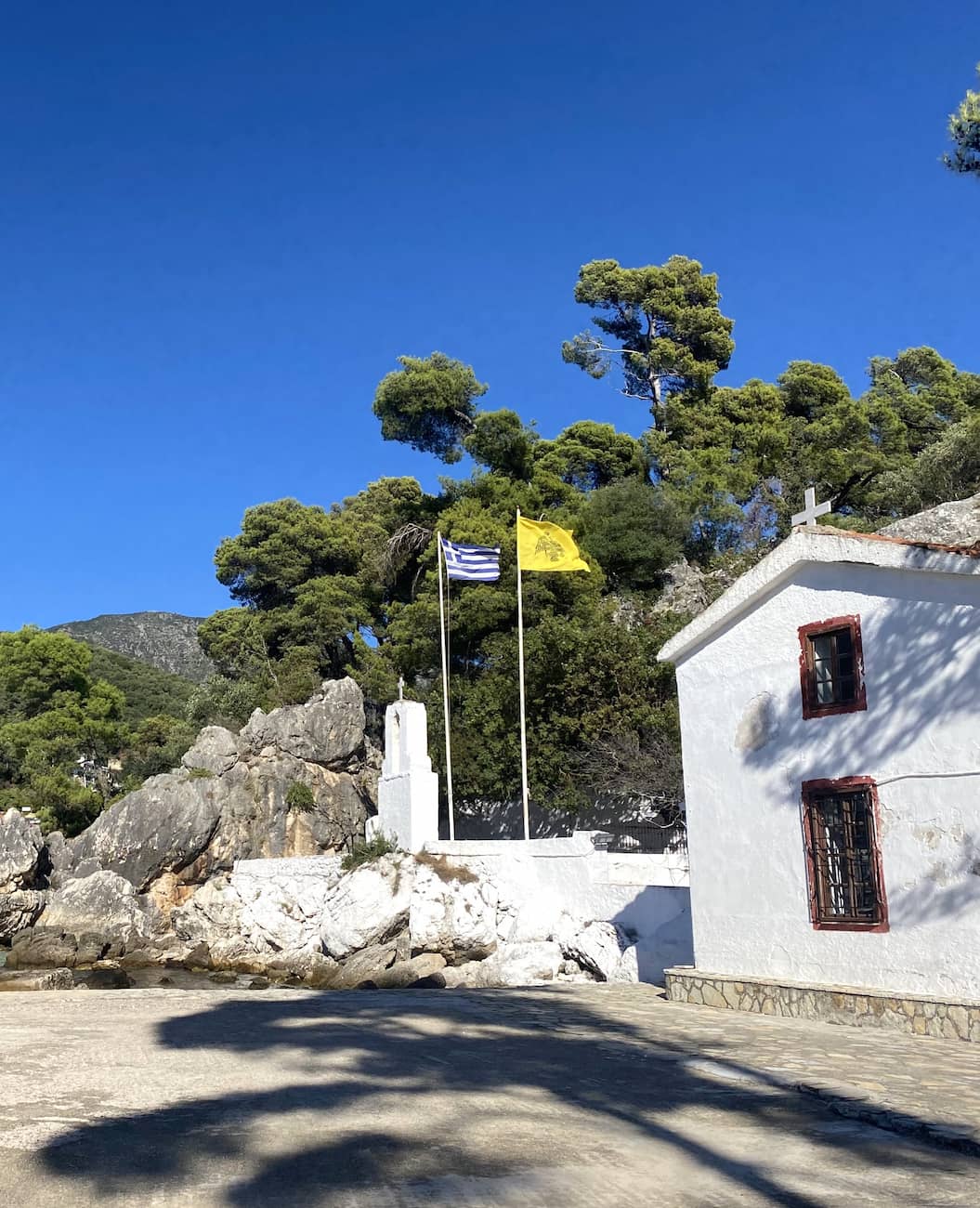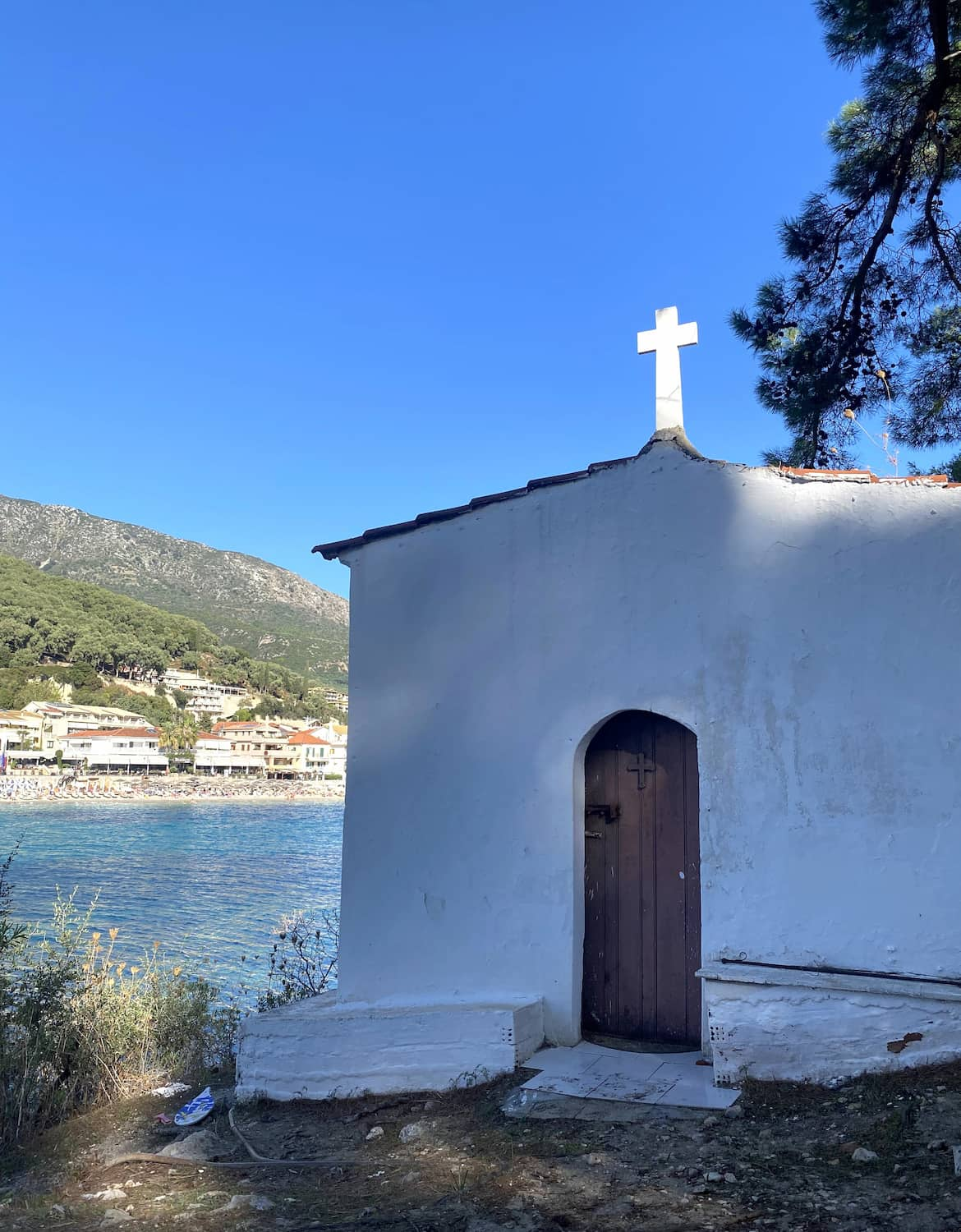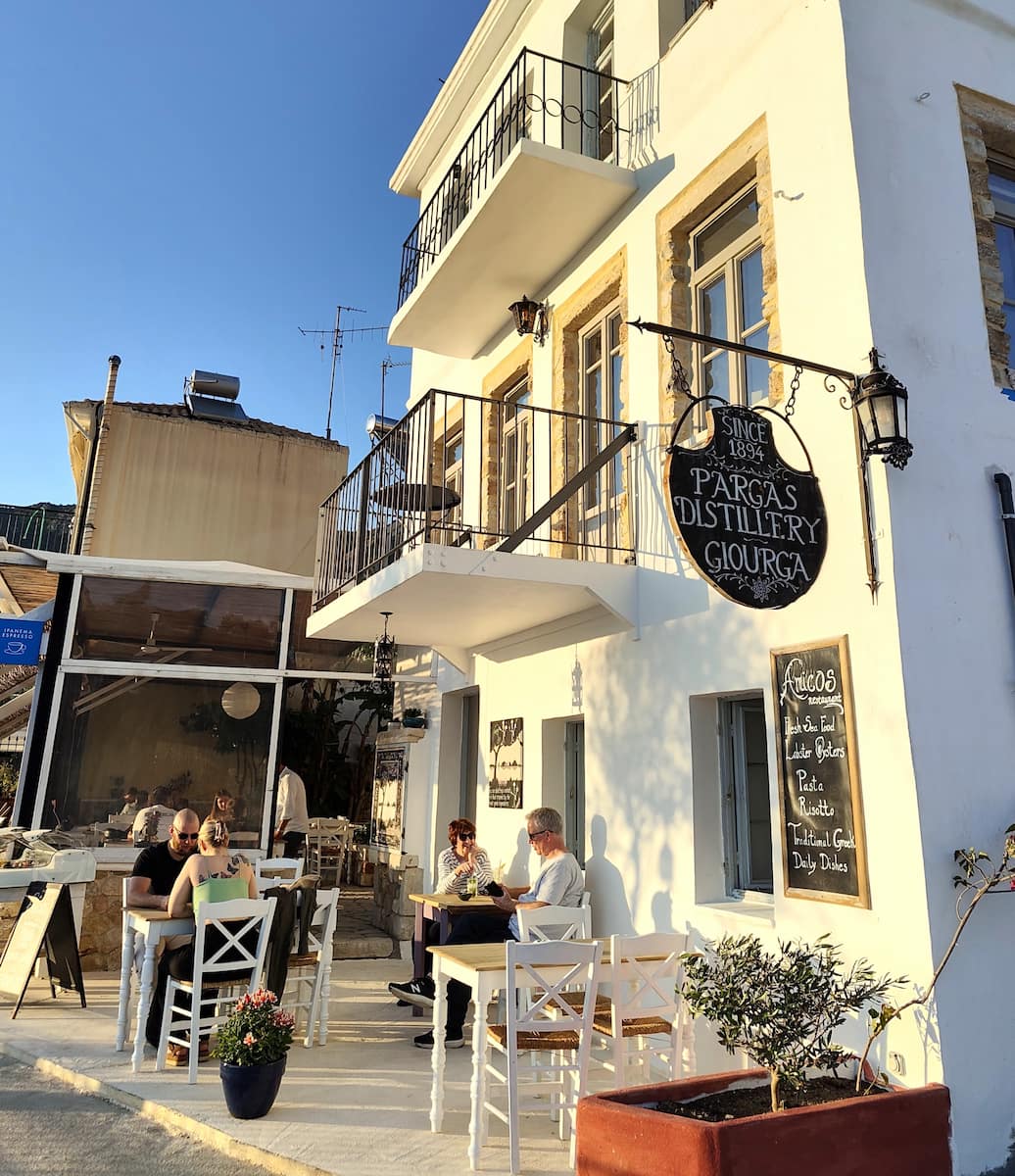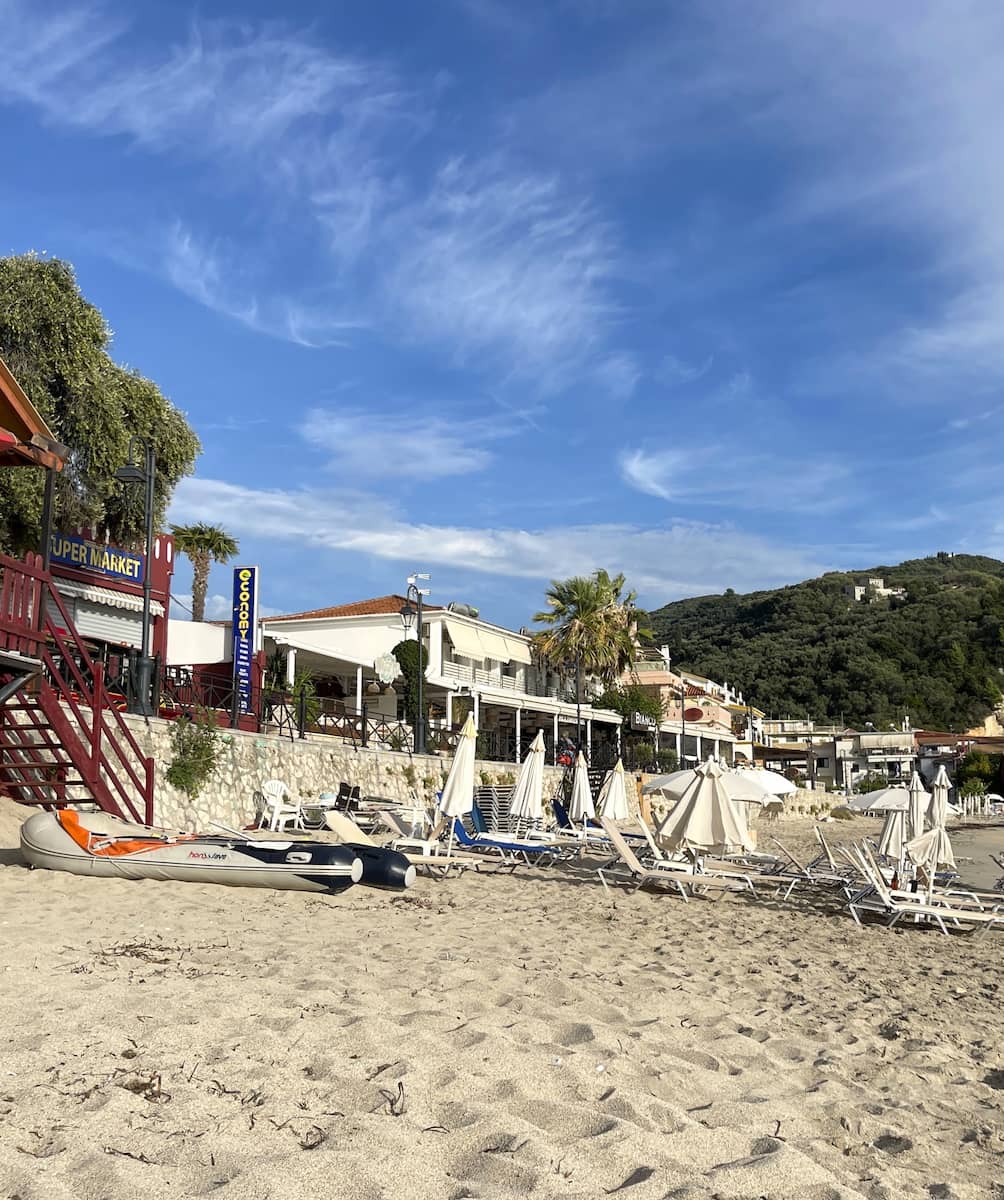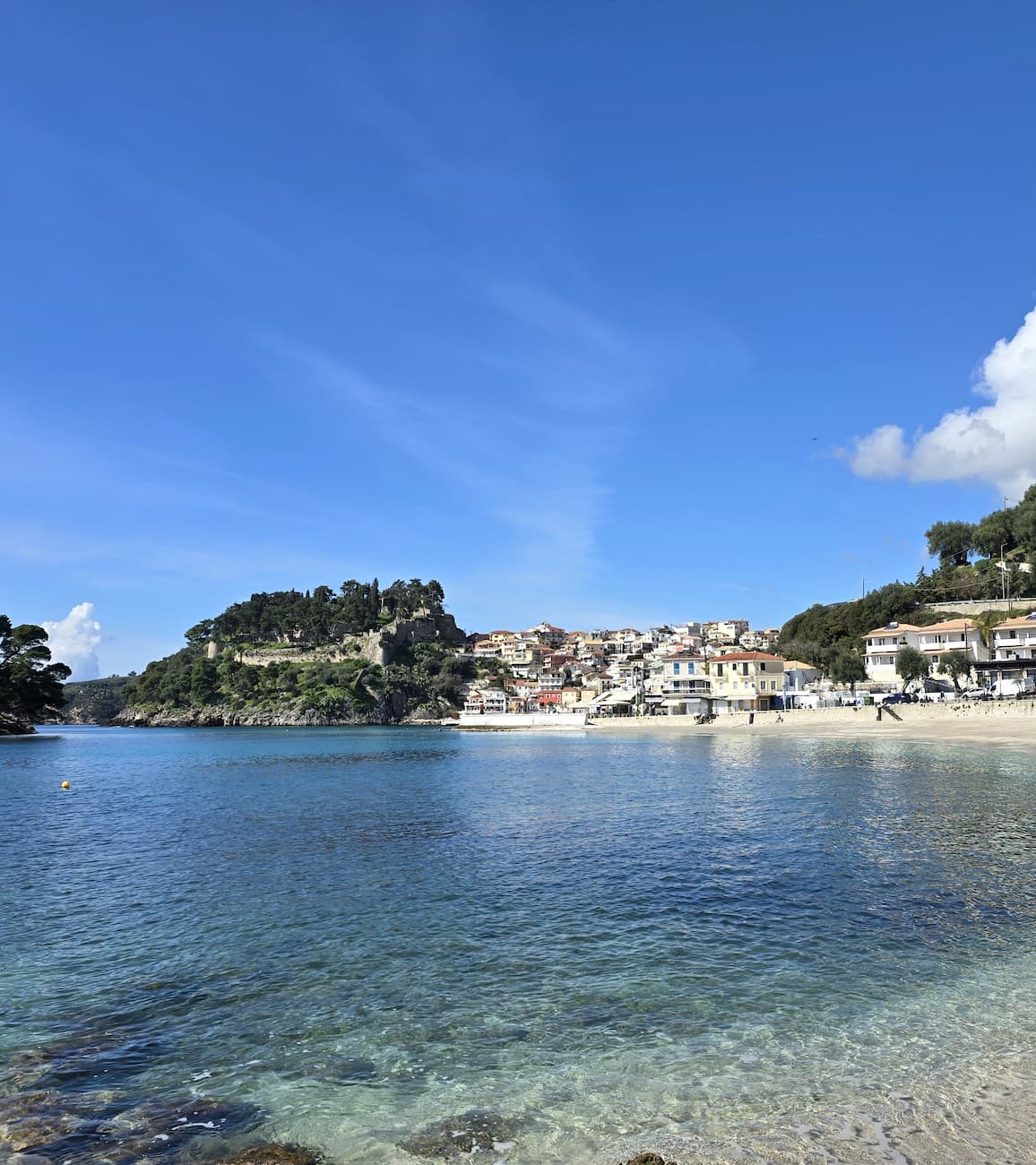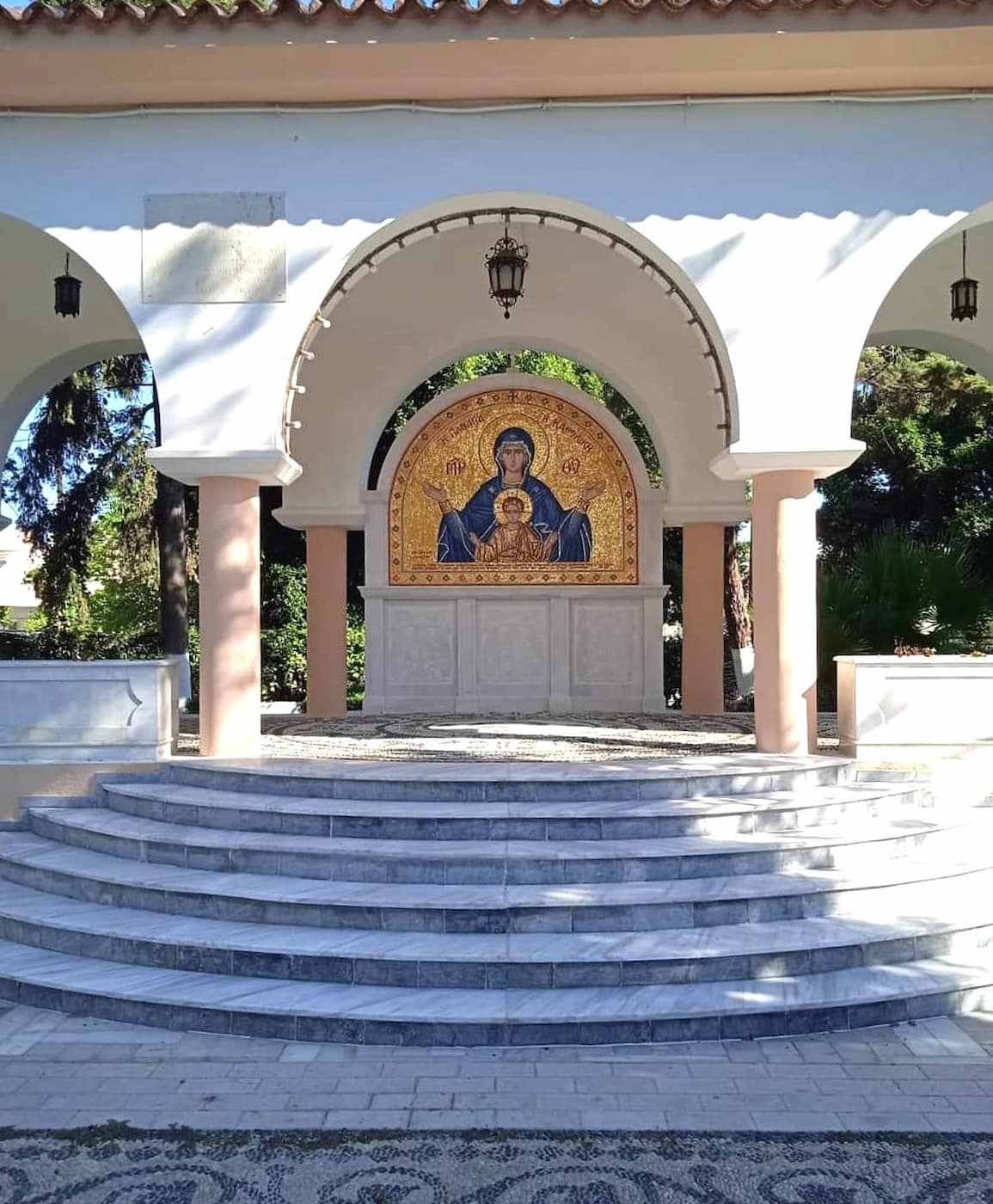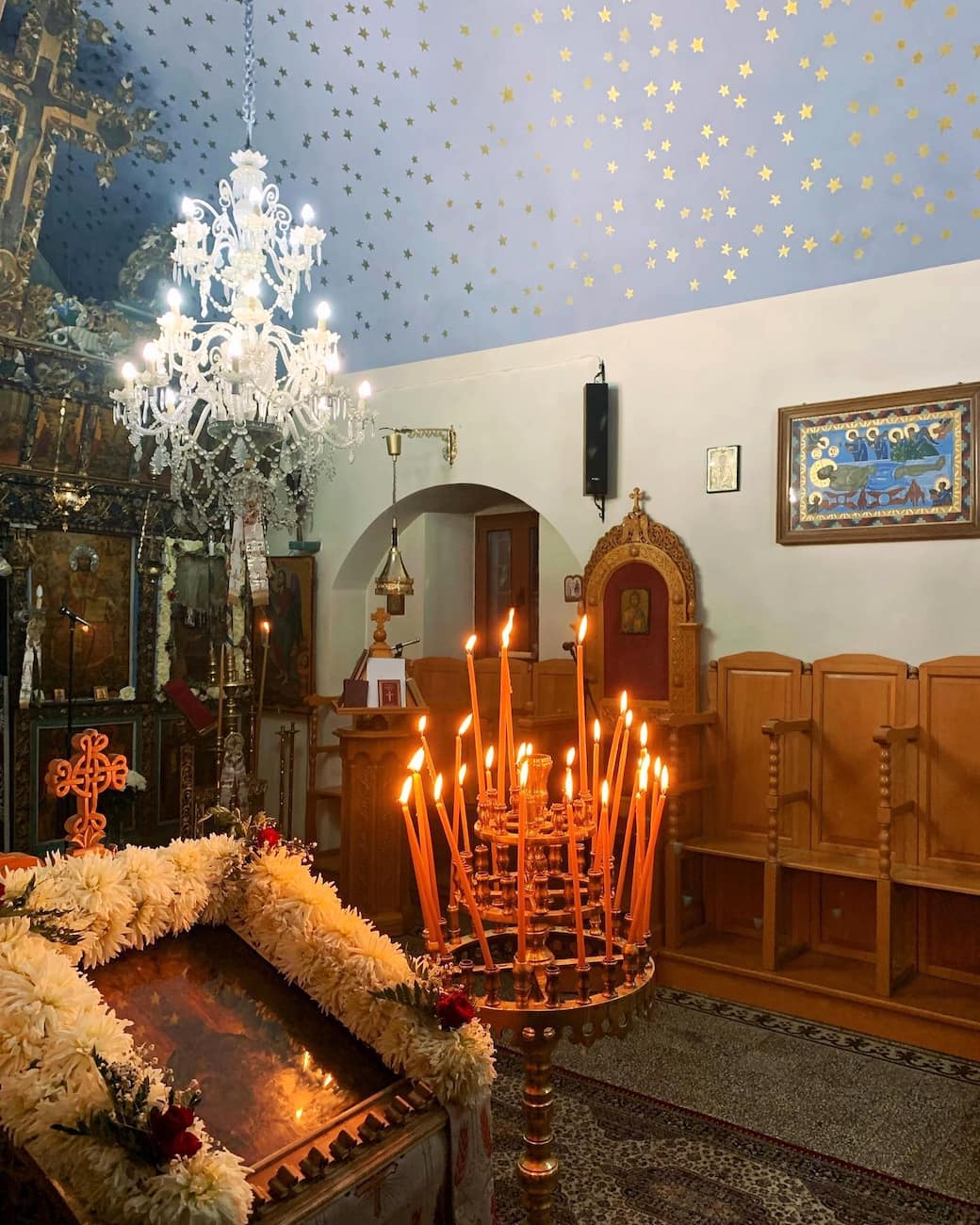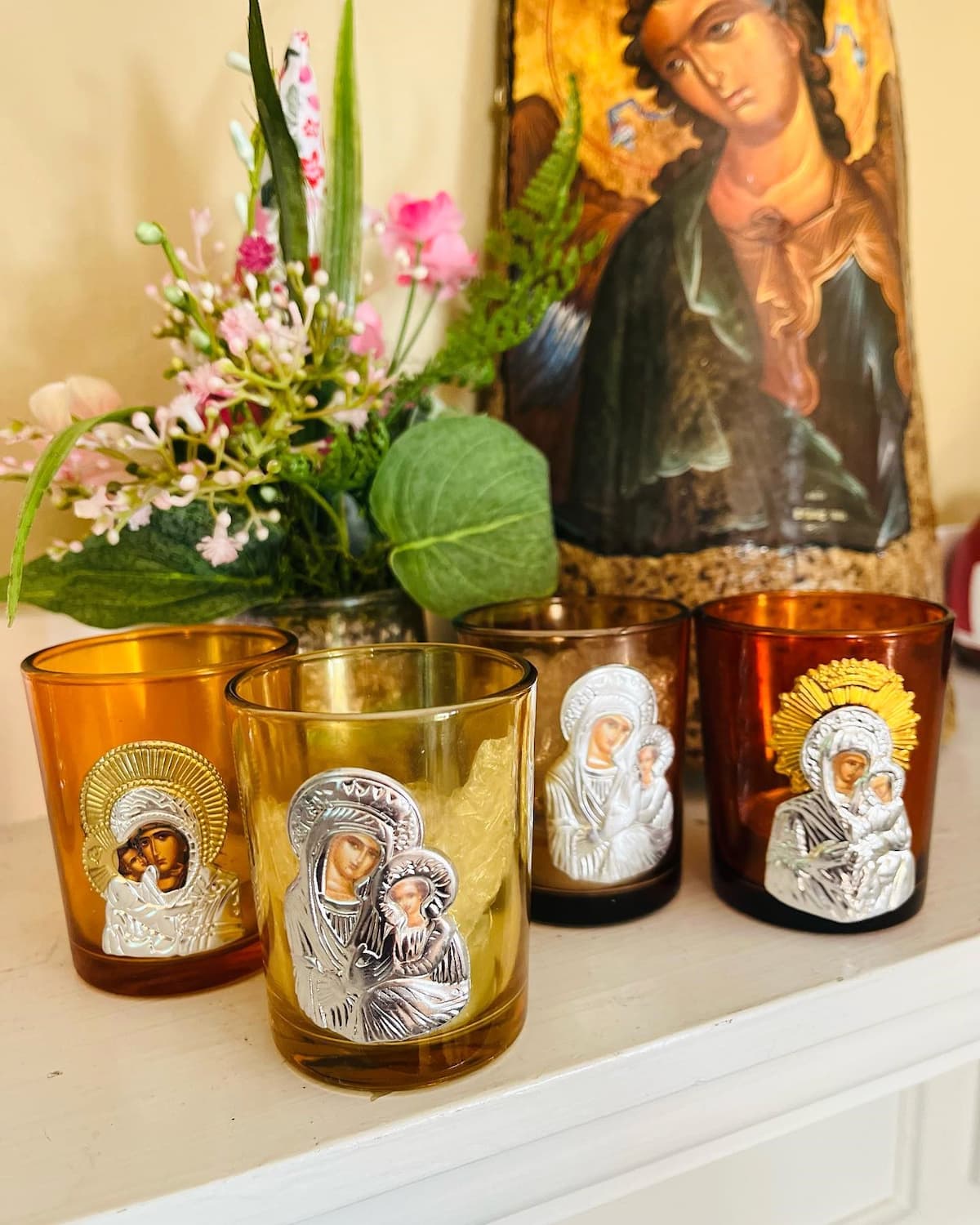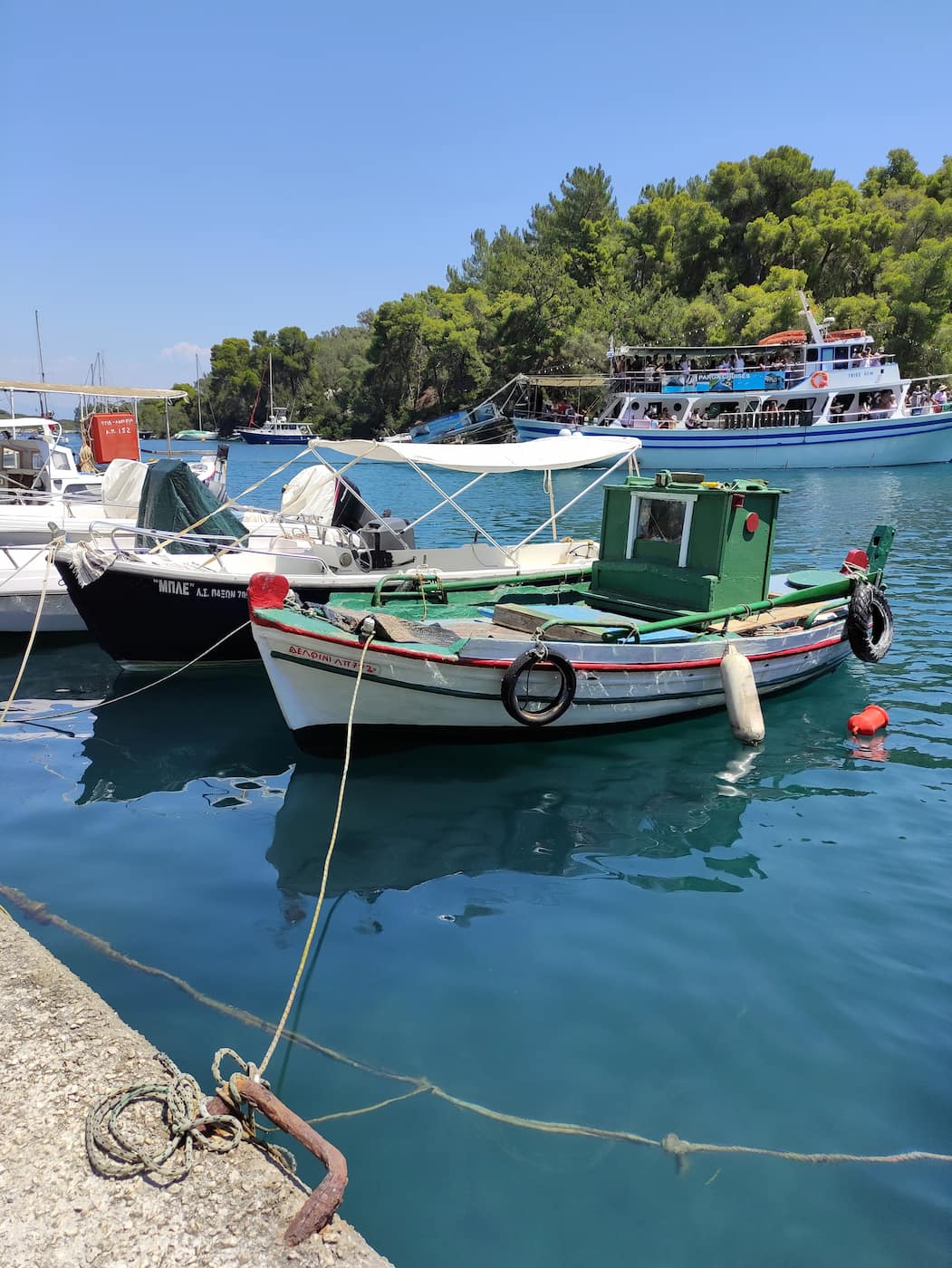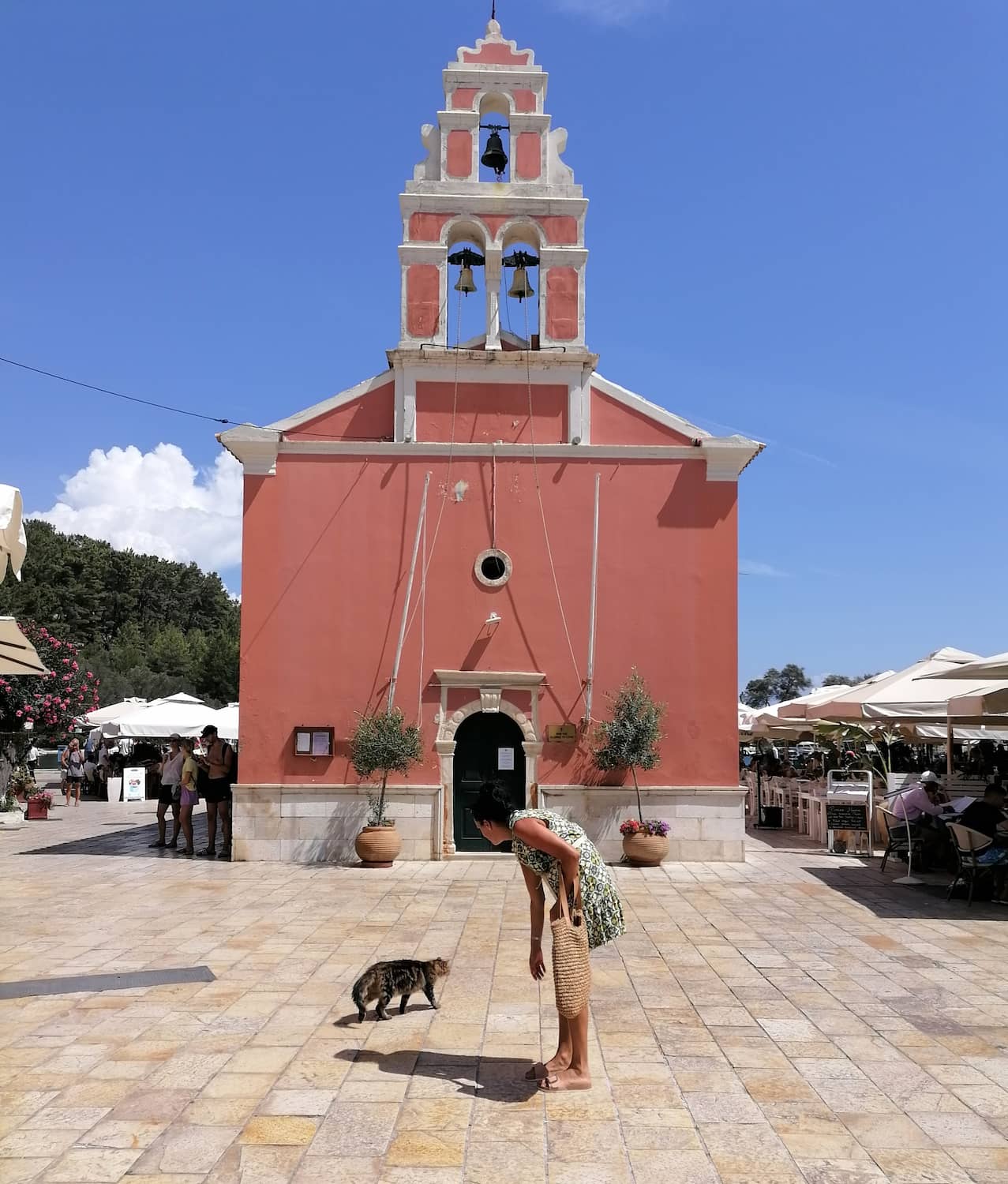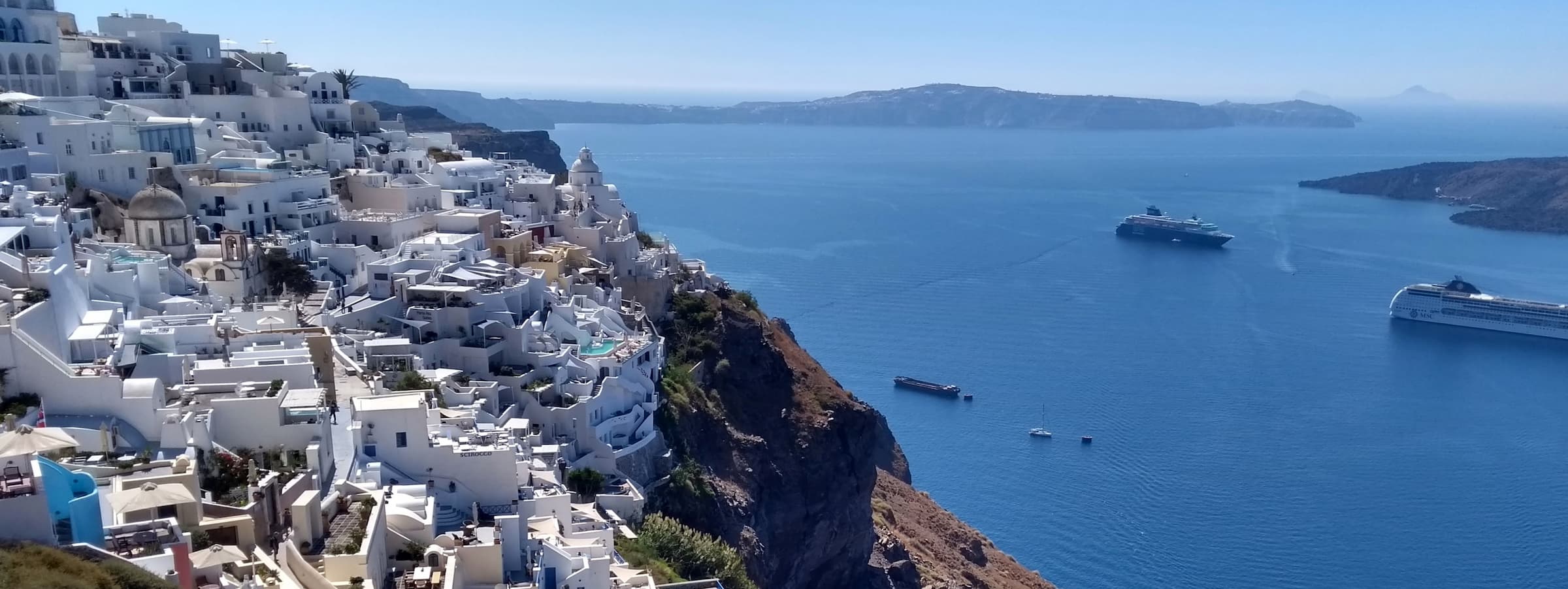Welcome to Parga, a place where postcard-perfect beauty meets authentic Greek charm. If you’re dreaming of turquoise waters, colorful hillside houses, and a town that feels like a Greek island but sits on the mainland, then you’re in for a treat. This guide is your one-stop resource for everything you need to know before traveling to Parga.
🏡 Where to stay in Parga:
- ✨ 5-Star: Parga Beach Resort
- 🏨 4-Star: Gallery Suites Parga
- 🛏️ 3-Star: Christina's House · Limeria studios & maisonettes
- 💸 Cheap: Tramonto Maisonettes & Suites
- 🏢 Apartment: Nafsika Apartments
- 👨👩👧👦 For Families: Paradise Hotel
- 🏩 For Couples: Petros Penthouse
👩🏻 Best guided tours:
- From Parga: Paxos and Antipaxos Cruise with Blue Caves from € 40 (⭐️ 4.8/5)
- Guided All-Day Tour to Coastline (Parga Town) from € 65 (⭐️ 4.7/5)
- Acheron River Springs, Necromanteion and Souli Jeep tour from € 253 (⭐️ 5/5)
- Parga, Sivota and Blue Lagoon Cruise from € 80 (⭐️ 5/5)
Best Things To Do in Parga
1. Parga Port
Seaside Magic. I still remember my first evening stroll along Parga’s coastal pedestrian street, where the harbor comes alive as the sun begins to set. The promenade buzzes with energy as locals and tourists mingle among the colorful fishing boats bobbing gently in the turquoise waters. What struck me most was how the golden evening light painted the hillside houses in warm hues, creating a postcard-perfect scene that no photo could truly capture.
Waterfront Dining. The seafront restaurants offer some of the freshest seafood I’ve tasted in Greece. Last spring, I discovered a small taverna called Tango where the grilled octopus was so tender it practically melted in my mouth. The best part? Enjoying my meal while watching fishermen return with their daily catch, which would likely appear on someone’s plate the very next day. Most restaurants along the promenade offer similar views, but prices can vary significantly.
Evening Atmosphere. As darkness falls, the harbor transforms with twinkling lights reflecting off the water. I’ve found this is when Parga truly shows its character – lively but not overwhelming, vibrant yet somehow still peaceful. The perfect time to grab a cocktail at one of the waterfront bars and watch the world go by.
2. Venetian Castle of Parga
Hilltop History. Perched dramatically above the town, the Venetian Castle of Parga instantly became my favorite spot in the region. Built in the 11th century and reconstructed multiple times through the centuries, this fortress tells the story of Parga’s tumultuous past. What many guidebooks won’t tell you is that the castle grounds are completely free to enter, and you can wander among the ancient walls at your leisure. The Lion of Venice emblem at the entrance is a subtle reminder of the town’s Venetian heritage.
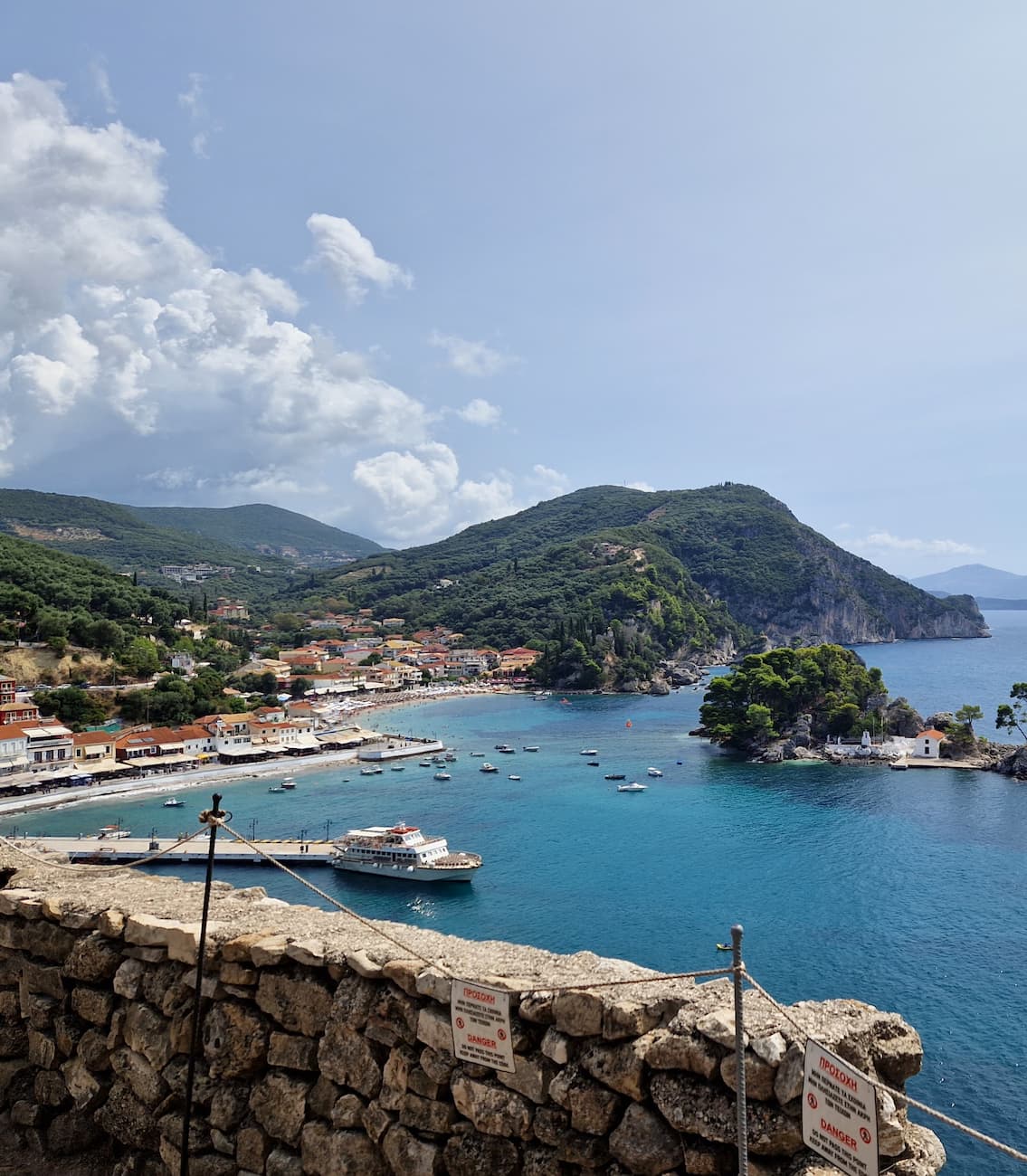

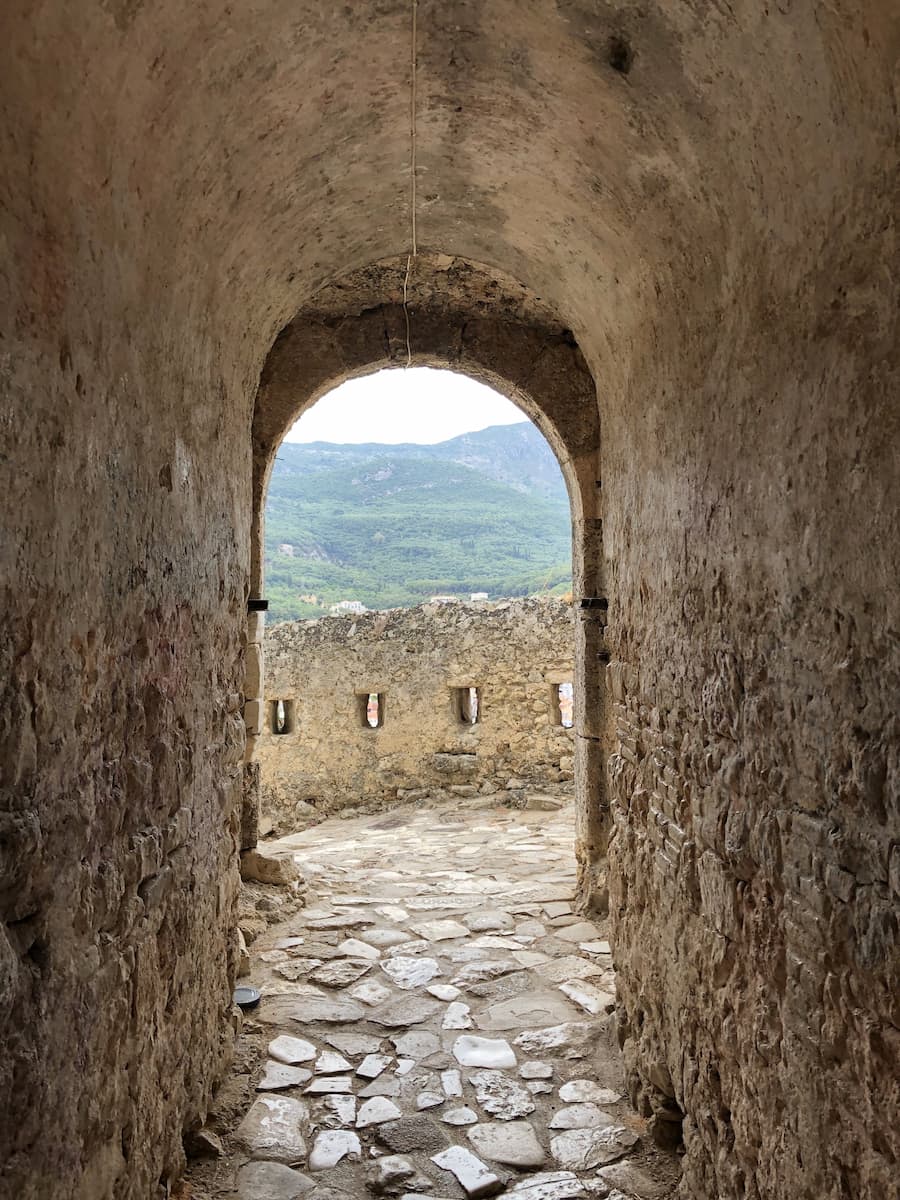
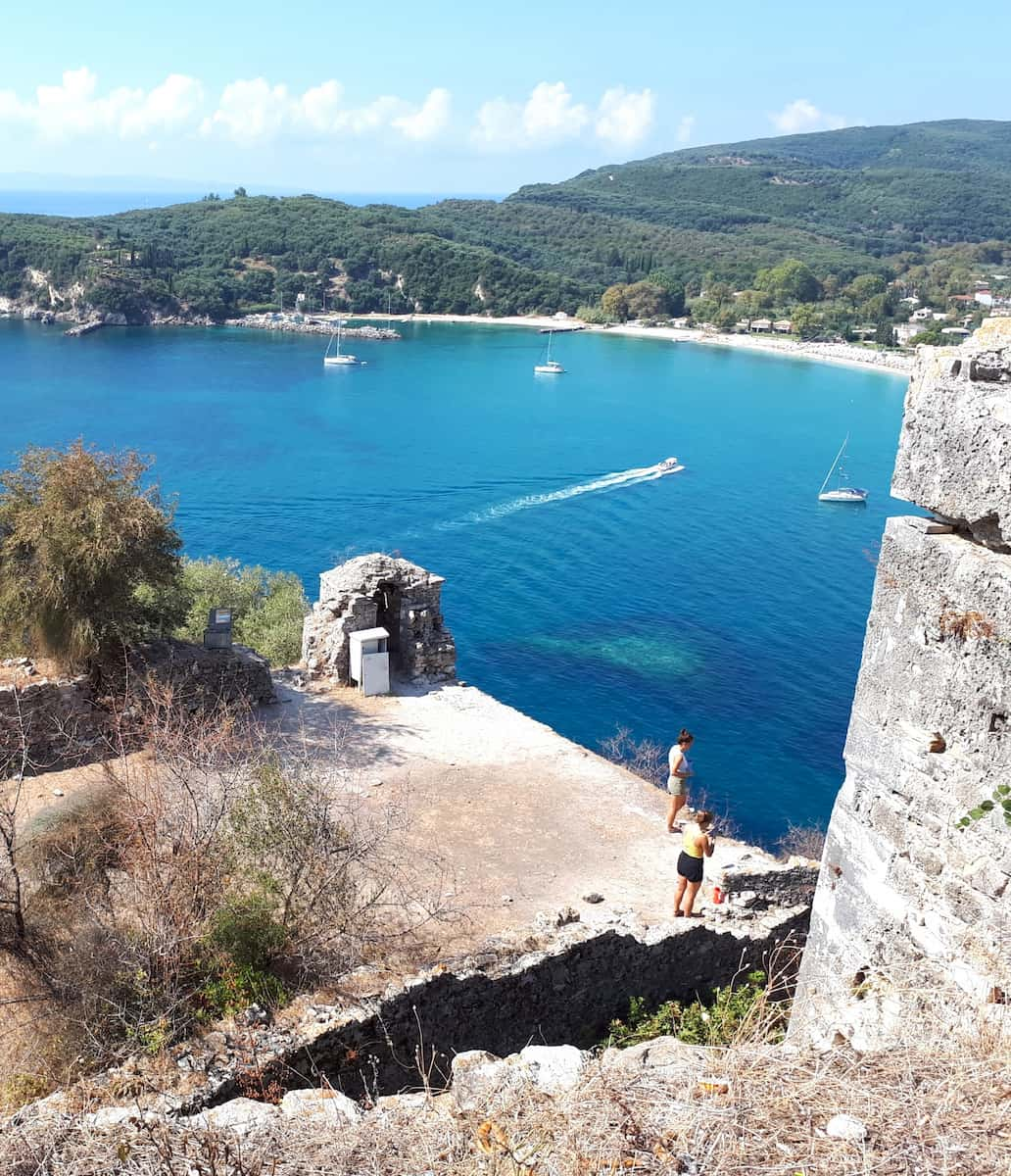
Panoramic Views. Nothing prepared me for the breathtaking vistas from the castle walls. From this vantage point, I could see the entire crescent of Valtos Beach stretching for 3km, the islet of Panagia with its tiny chapel, and the deep blue Ionian Sea extending to the horizon. Insider tip: While sunset is popular (and rightfully so), I found early morning visits offered equally stunning views without the crowds. The light at dawn creates a magical atmosphere as it illuminates the colorful houses of Parga below.
Practical Exploration. When I visited in April, I discovered the castle grounds are more extensive than they first appear. Hidden pathways lead to secluded viewpoints, and cypress trees provide welcome shade on hot days. The small café inside the castle walls offers a perfect rest stop, though prices are predictably higher than in town.
⭐ Best activities
- Guided all day tour to coastline (Parga town) – The first creators of the fortification were the Normans at the end of the 14th century, and then the Castle followed the fate of Parga, which, depending on the geopolitical conditions in the Mediterranean, belonged to the Venetians, Ottomans, French and English.
3. Paralia Valtos
Beach Paradise. My first glimpse of Valtos Beach left me speechless – a stunning 3km crescent of white sand and soft pebbles embraced by lush green hills. What makes this beach special isn’t just its natural beauty but its perfect balance of development and preservation. Unlike many Greek beaches that have been overdeveloped, Valtos maintains its charm while offering all the amenities you could want. The water here is remarkably clear and takes on different shades of blue throughout the day.
Water Activities. I spent an unforgettable afternoon trying the various water sports available at Valtos. From jet skiing to parasailing, the options seem endless. My personal recommendation is renting a canoe (about €15/hour or approximately $16) to explore the coastline at your own pace. The hidden coves and caves along the shoreline are accessible only from the water and provide a sense of discovery that package tourists miss.
Beach Comfort. What surprised me most about Valtos was how uncrowded it felt even during peak season. The beach’s generous size means you’re never fighting for space. Sunbeds with umbrellas typically cost around €8-10 for the day, though you can always bring your own towel and find a free spot.
| Details | IInformation |
|---|---|
| Location | 20-minute walk northwest of Parga town |
| Alternative Access | Water taxi from Parga Port (€3 one-way, runs every 30 minutes) |
4. Chapel of the Assumption of the Virgin
Island Sanctuary. Just a short swim or boat ride from Parga’s main beach lies the islet of Panagia with its picturesque chapel. When I visited last summer, I chose to swim the approximately 80 meters to reach this tiny island, though boat taxis regularly make the crossing for those less inclined to get wet. The small white chapel standing alone on this rocky outcrop creates one of the most photographed scenes in Parga, and for good reason – it’s simply enchanting.
Religious Significance. What many visitors don’t realize is the deep connection locals have with this modest chapel. On August 15th, I witnessed the vibrant Panagina festival celebrating the Assumption of the Virgin Mary. Hundreds of boats decorated with lights and flags surrounded the islet while traditional music and dancing continued well into the night. The fireworks display over the water was spectacular, illuminating the chapel and creating magical reflections on the sea. Even if you’re not religious, the cultural significance makes this a special place.
Exploration Experience. Climbing the stone steps to the chapel, I discovered the interior is humble but moving in its simplicity. The views back toward Parga town are worth the visit alone.
| Details | Information |
|---|---|
| Location | Small islet opposite Parga’s main beach |
| Access | Swimming (80m) or boat taxi from main beach (€5 round trip) |
| Best Visiting Time | Early morning for solitude; August 15th for the festival |
⭐ Best activities
- Guided all day tour to coastline (Parga town) – Discover the breathtaking beauty of the coastline on this immersive all-day guided tour. Experience stunning seaside views, hidden coves, and picturesque beaches as our expert guide shares fascinating stories and local insights.
5. Pargas Distillery
Craft Spirits. Hidden just 300 meters from the Castle of Parga, I stumbled upon Pargas Distillery almost by accident – and what a delightful discovery it was! This boutique distillery offers a fascinating glimpse into traditional Greek spirit-making with a modern twist. The moment I walked in, the aromatic scents of herbs and citrus filled the air. Their signature cocktail bar, Amicos, serves creative concoctions using their house-made spirits that perfectly capture the essence of Parga.
Tasting Experience. During my visit, I participated in a tasting session that introduced me to several varieties of local spirits, including tsipouro (similar to grappa) and various herb-infused liqueurs. What impressed me most was how the friendly staff explained the production process and regional significance of each drink. The distillery also features a beautiful garden terrace where you can enjoy your drinks surrounded by Mediterranean plants.
Cultural Connection. Beyond just serving drinks, Pargas Distillery offers a genuine connection to local culture. The building itself has been thoughtfully renovated to preserve its historical character while adding modern touches. I learned that many of the herbs used in their spirits are harvested from the surrounding hillsides, following recipes passed down through generations.
| Details | Information |
|---|---|
| Location | Patatoukou 26, Parga, 48060 |
| Opening Hours | 2pm-12am daily (April-October); closed Mondays in off-season |
| Tasting Options | Basic tasting (€12), Premium tasting with food pairing (€25) |
Things to Do in Parga with Kids
1. Parga Train
Family Adventure. The colorful Parga Land Train quickly became the highlight of my nephew’s visit last summer. Unlike typical tourist trains, this cheerful little road train offers a practical and entertaining way to explore Parga’s steep streets without endless complaints of “my legs are tired!” The open-sided carriages provide cooling breezes as you climb the hillsides, and the slow pace is perfect for taking in the scenery and snapping photos of the stunning coastline views that appear around each bend.

Scenic Route. What impressed me most about the train journey was how it managed to access viewpoints I hadn’t discovered despite multiple visits to Parga. The route takes you through narrow streets where regular vehicles can’t go, past the Venetian Castle, and up to panoramic spots overlooking Valtos Beach and the Ionian Sea. My favorite moment was watching my nephew’s eyes widen as we rounded a corner to see the islet of Panagia with its tiny white chapel seemingly floating on the turquoise water. The driver paused at key photo spots – something I appreciated as much as the kids did!
Practical Benefits. Beyond the novelty factor, I found the train genuinely useful for family sightseeing. The 30-minute circuit provides a perfect orientation to Parga’s layout on your first day, helping you identify places to revisit later.
| Details | Information |
|---|---|
| Operating Hours | 10am-8pm daily (May-October), less frequent in shoulder seasons |
| Ticket Price | Adults: €8 (approx. $9), Children (4-12): €5 (approx. $5.50), Under 4: Free |
| Duration | Full circuit: approximately 30 minutes |
2. Piso Kryoneri Beach
Hidden Gem. Just a short walk from Parga’s main beach lies Piso Kryoneri, a smaller, sheltered cove that I’ve found to be perfect for families with young children. The first time I visited with my sister and her toddlers, I was immediately struck by how much calmer the water was compared to other beaches in the area. The bay’s protected position means gentle waves and shallow entry – ideal for nervous swimmers and sandcastle builders alike. The beach itself is a mix of soft sand and small pebbles, much easier on little feet than some of Parga’s rockier shores.
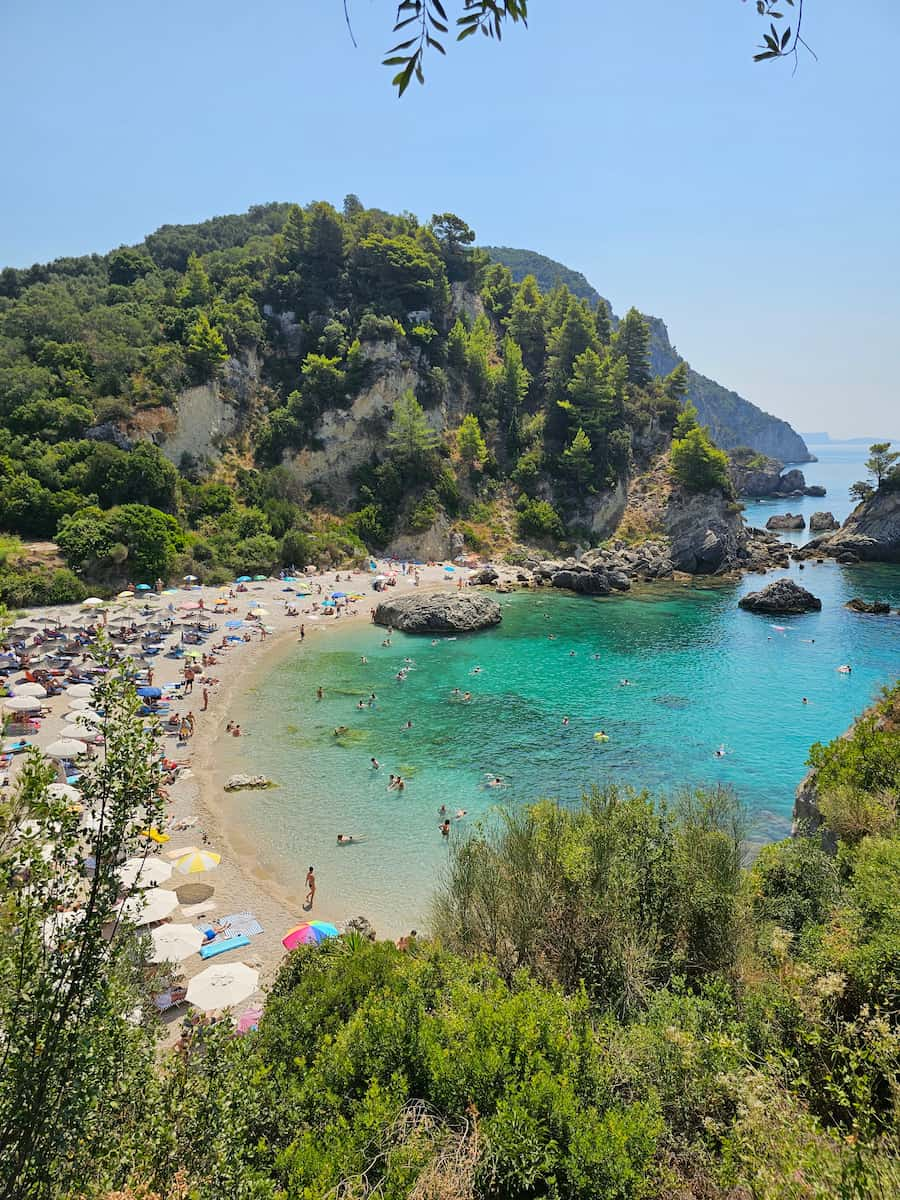
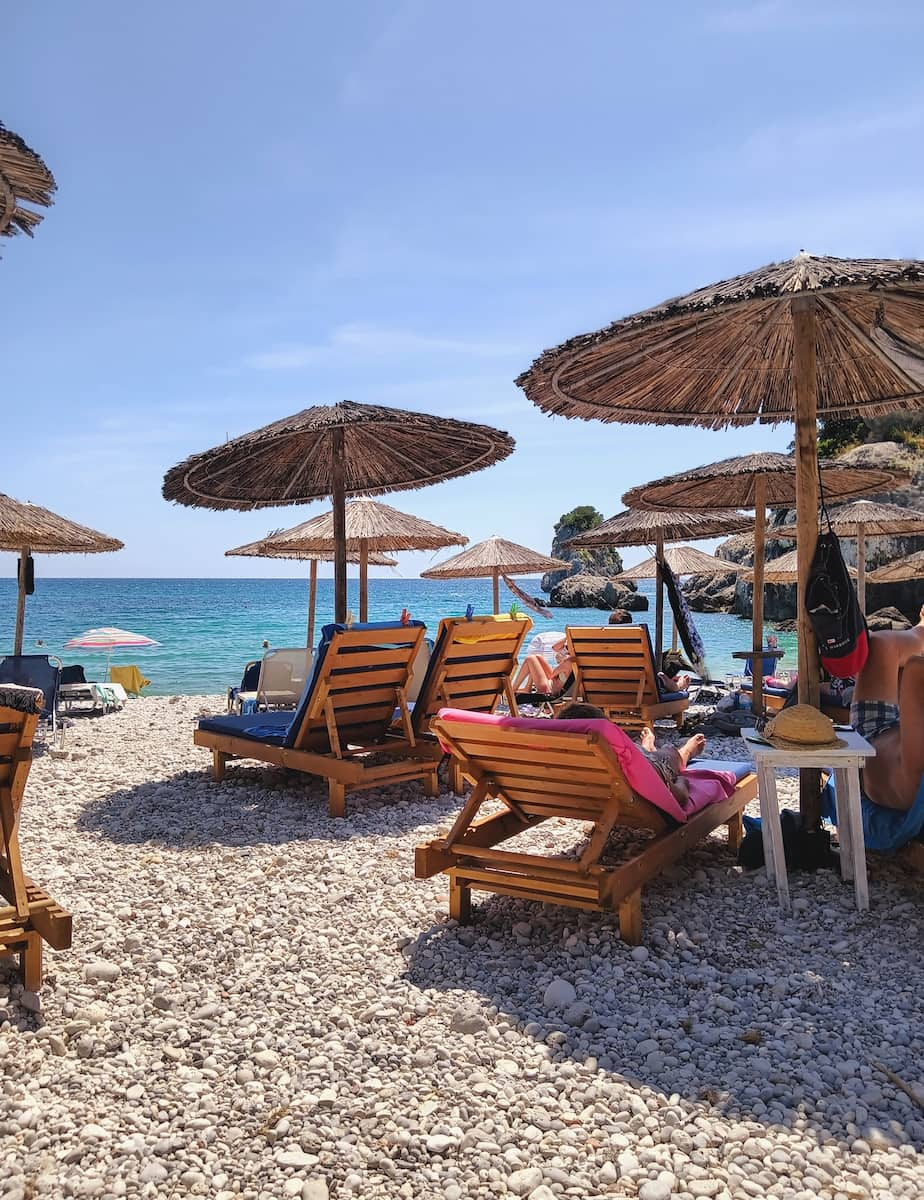
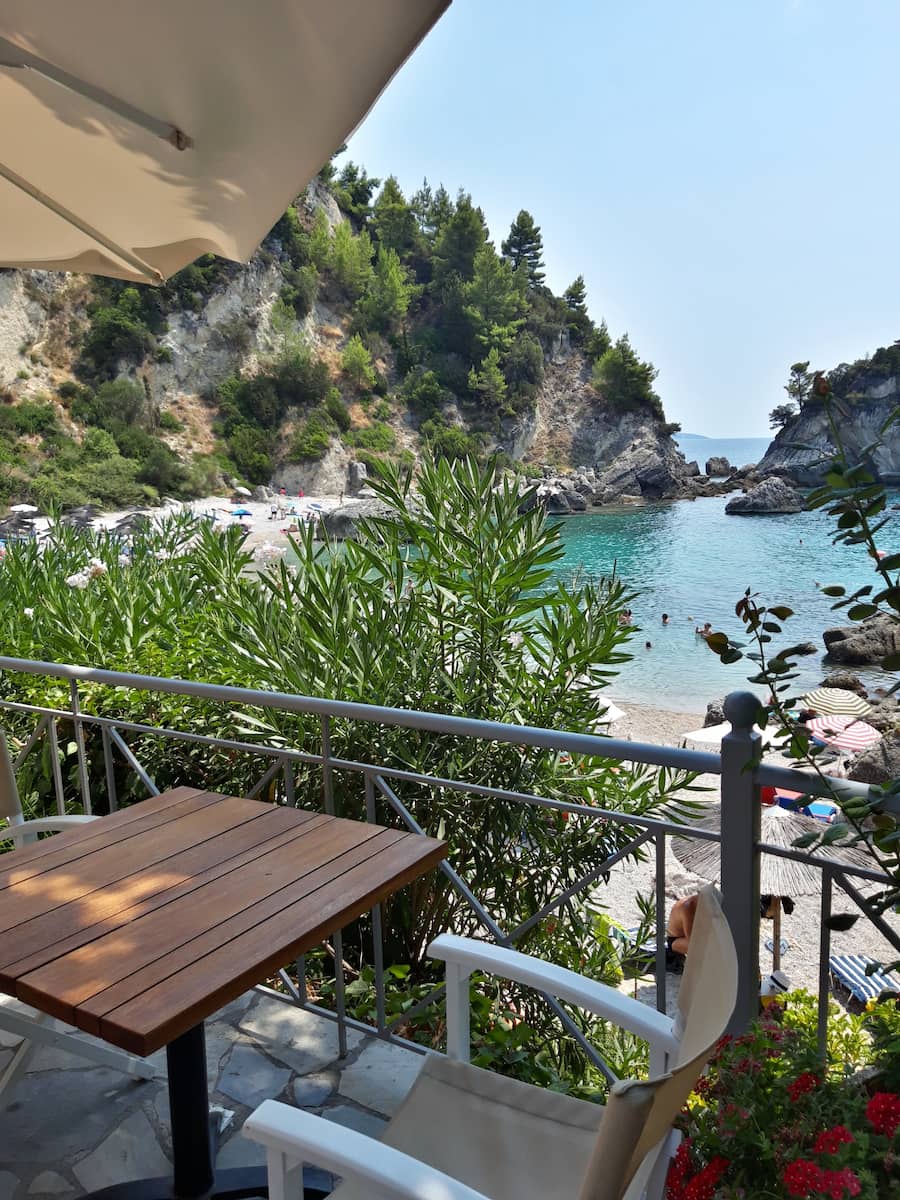
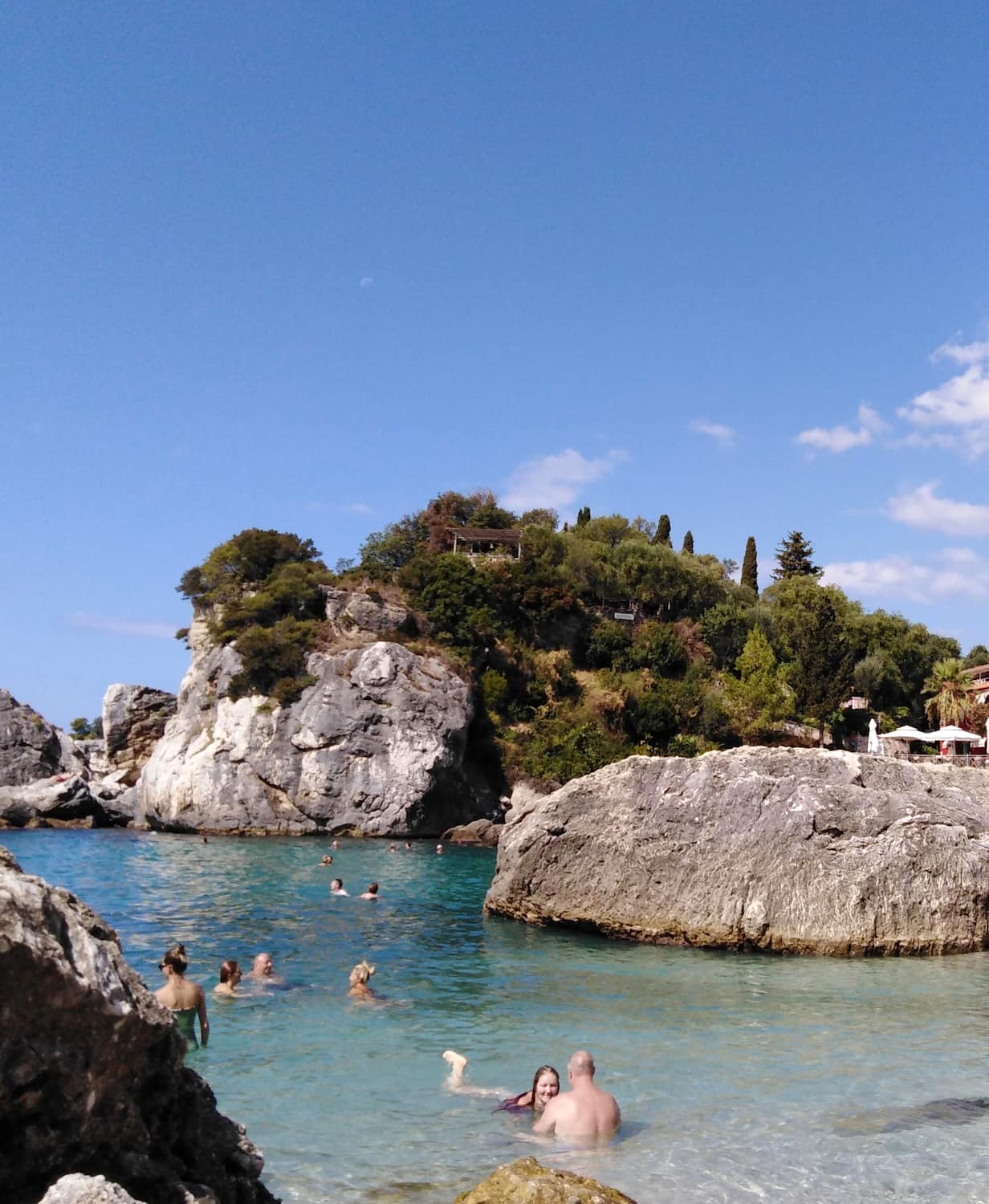
Kid-Friendly Facilities. What makes Piso Kryoneri stand out for family visits is the thoughtful amenities. Unlike Valtos Beach with its focus on water sports and younger crowds, this beach caters specifically to families. I watched my niece spend hours at the small playground right on the sand, making friends with local Greek children despite the language barrier.
Refreshment Options. After a morning of splashing and sand play, we discovered the beachfront taverna “Thalassa” offers a children’s menu with smaller portions and milder flavors – a rarity in Greece where kids typically eat the same food as adults. What impressed me was the staff’s patience with our picky eaters and their willingness to bring food in stages as the children got hungry.
Visitor Information:
- Location: Eastern side of Parga, 10-minute walk from town center
- Facilities: Restrooms, showers, playground, beachfront tavernas
Free Things to Do in Parga
1. Anchor
Historical Curiosity. On my third day in Parga, I stumbled upon something unexpected while exploring the harbor – an enormous rusty anchor displayed prominently near the waterfront. This isn’t just any maritime relic; it’s a fascinating piece of local history that most tourists walk past without understanding its significance. The massive iron anchor was recovered from the seabed just offshore and dates back to the 19th century, likely belonging to a merchant vessel that once traded in these waters.

Photography Spot. What makes this simple monument special is its perfect positioning against the backdrop of Parga’s colorful waterfront buildings, with the Venetian Castle looming above. I’ve found it creates one of the most authentic photo opportunities in town – far more interesting than the typical tourist snapshots. Early morning light bathes the scene in a golden glow that brings out the rich rust tones of the anchor against the blue harbor waters.
Cultural Significance. The anchor serves as a reminder of Parga’s deep maritime heritage and its historical importance as a trading port. What touched me was watching a local grandfather explain the anchor’s story to his young grandson, pointing out to sea and gesturing animatedly about ships and storms. These unplanned cultural moments often become my most treasured travel memories.
2. Krioneri Beach
Central Oasis. Just steps from Parga’s bustling town center lies Krioneri Beach, a perfect example of why you don’t need to spend money to enjoy the best of Greek coastal life. During my week-long stay, this became my go-to morning spot – a place to enjoy my coffee while watching the town slowly come to life. What surprised me most was finding such a clean, well-maintained beach right in the heart of town. The crescent of golden sand curves gently around crystal-clear waters, with views of the islet of Panagia and its iconic white chapel just offshore.
Natural Advantages. What makes Krioneri special isn’t fancy facilities or exclusive services – it’s nature’s perfect design. The beach’s sheltered position creates remarkably calm waters, ideal for floating peacefully or swimming without fighting currents. I noticed the water here is slightly cooler than at other nearby beaches (hence the name “Krioneri” which means “cold water” in Greek), providing welcome relief during the scorching summer afternoons.
Local Experience. My favorite aspect of Krioneri was observing how it transforms throughout the day. Mornings belong to older locals taking their daily swim, afternoons bring families with young children enjoying the shallow waters, and evenings see young Greeks gathering to socialize as the heat subsides. I joined this rhythm, adjusting my visits to match the local pattern rather than competing with the midday tourist crowds.
Visitor Information:
- Location: Central Parga, at the eastern end of the main town
- Facilities: Public showers, changing cabins, nearby restrooms
- Water Quality: Water Quality
Seasonal Activities
Christmas
Festive Atmosphere. Parga transforms into a charming winter destination during the Christmas season, though it’s much quieter than the bustling summer months. Last December, I wandered through the narrow streets adorned with twinkling lights and festive decorations. The main square featured a modestly decorated Christmas tree, and the local bakeries filled the air with the irresistible aroma of melomakarona and kourabiedes. The cooler temperatures (typically 8-15°C) meant I could comfortably explore the town without the summer crowds.
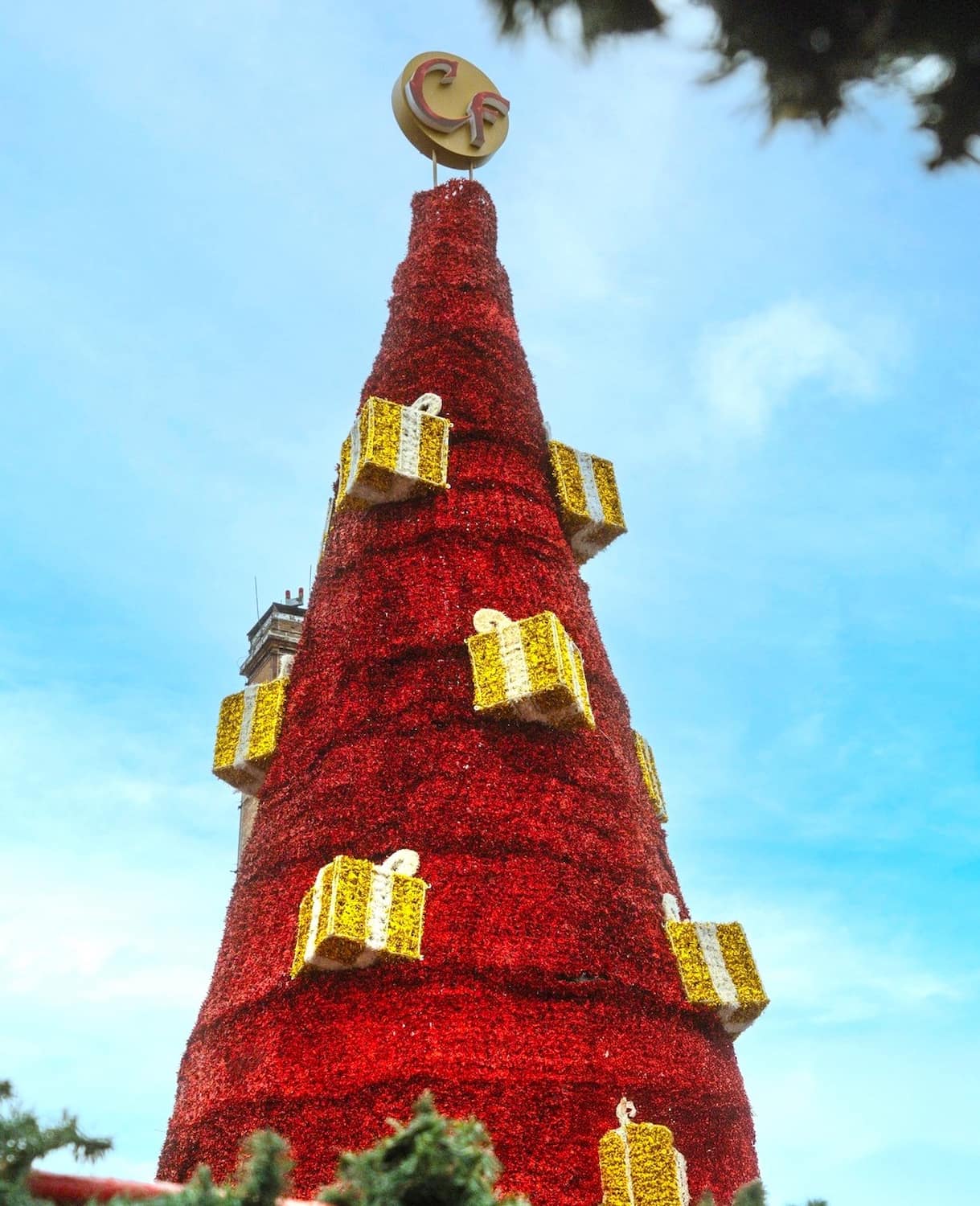
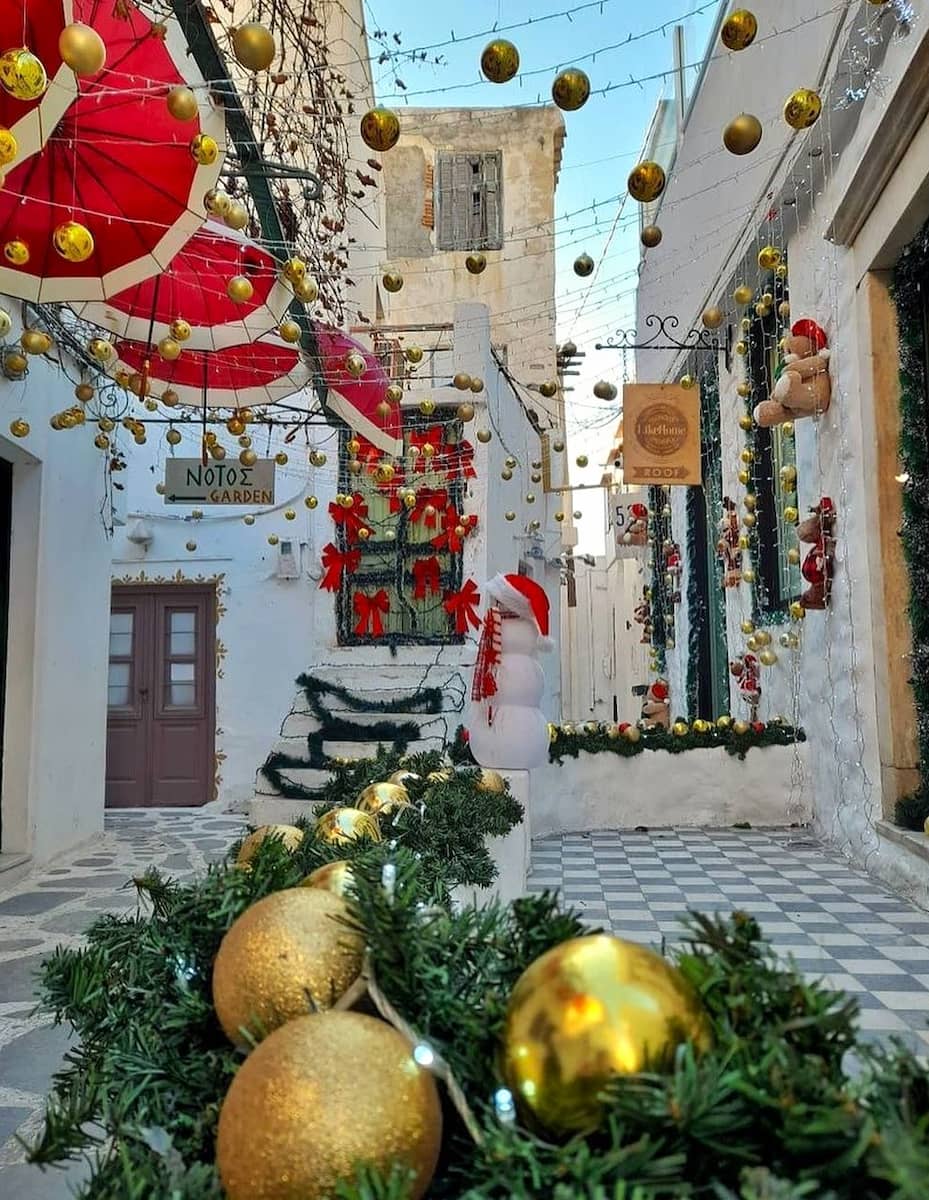
Local Celebrations. What surprised me most about Christmas in Parga was discovering the intimate community celebrations. On Christmas Eve, I joined locals at the Church of Agios Nikolaos for the midnight service, where traditional Byzantine chants echoed through the candlelit interior. Afterward, families gathered in the square to share wishes and small glasses of tsipouro.
New Year Traditions. The New Year celebration in Parga offered a glimpse into authentic Greek customs I’d never experienced during summer visits. Local children went door-to-door singing kalanda on December 31st, receiving small gifts and coins in return. At midnight, I joined a small crowd at the harbor to watch modest fireworks reflect off the water while families smashed pomegranates on their doorsteps for good luck.
Summer
Beach Festival Season. Summer in Parga explodes with energy and cultural events that showcase the region’s vibrant spirit. The highlight of my July visit was the Panagia Festival (August 15th), celebrating the Assumption of the Virgin Mary. The small islet with its white chapel became the center of attention as decorated fishing boats circled it in a maritime procession. The celebration continued into the night with traditional dancing in the main square, local musicians playing bouzouki, and tables overflowing with fresh seafood and flowing wine. The joyous atmosphere was infectious – I found myself joining hands with strangers in a traditional sirtaki dance despite my limited coordination!
Water Activities Peak. During the height of summer, Parga’s beaches transform into hubs of activity. I spent an unforgettable day at the annual Beach Volleyball Tournament at Valtos Beach (typically held the first weekend of July), where local teams competed against visitors while spectators enjoyed cold beers and souvlaki from beachside vendors. Later that week, I witnessed the exciting Parga Water Sports Festival, where everything from jet ski races to paddleboard competitions took place against the backdrop of the Venetian Castle.
Evening Entertainment. What I love most about summer nights in Parga is how the town squares come alive with cultural performances. The Summer Arts Festival (running throughout July and August) brought different events each evening – from traditional Greek shadow puppet shows (Karagiozis) that had children howling with laughter to open-air film screenings under the stars.
Spring
Easter Celebrations. My springtime visit to Parga coincided with Greek Orthodox Easter, which I discovered is the most significant cultural event of the year. The Holy Week processions through the narrow streets created unforgettable scenes – on Good Friday, I watched in awe as the Epitaphios (a flower-decorated bier representing Christ’s tomb) was carried by solemn locals through town, with everyone holding candles that illuminated the night. Easter Sunday brought joyous celebrations, with families gathering for outdoor feasts of roasted lamb, red-dyed eggs, and traditional music.
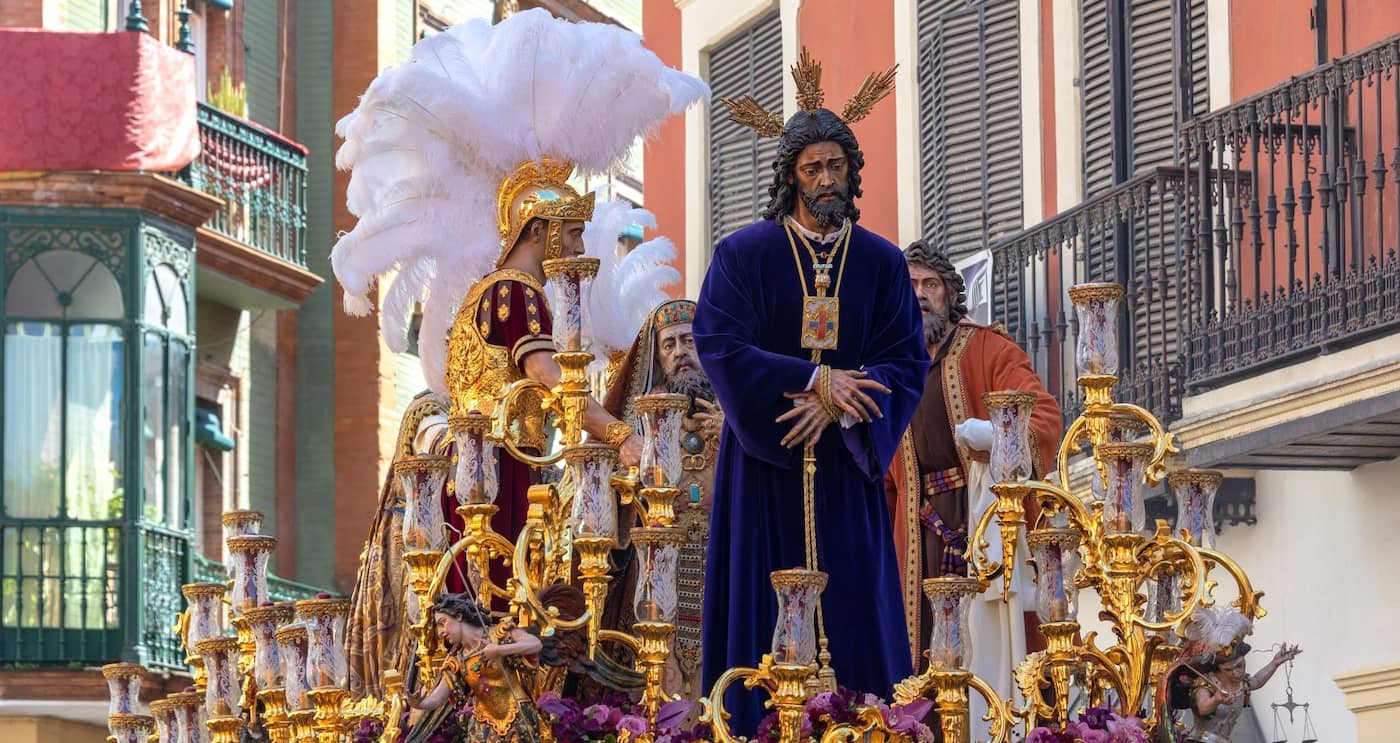
Nature Awakening. Spring transforms Parga’s landscape with an explosion of wildflowers and vibrant greenery that summer visitors never experience. During my April visit, I hiked the path to the Venetian Castle through fields dotted with poppies, daisies, and orchids. The Acheron River Valley, just 30 minutes from town, offered spectacular springtime rafting when the water levels were perfect – not too high to be dangerous, but with enough flow to be exciting. The local rafting companies offer spring specials of around €25 per person, about €10 less than summer rates.
Cultural Renewal. Spring brings several traditional events that mark the seasonal transition. I was fortunate to witness the May Day celebrations (May 1st), when locals gathered to make flower wreaths that adorned doorways throughout town. The Spring Food Festival (typically held in late April) showcased seasonal specialties in the town square, with local women demonstrating traditional cooking techniques.
Autumn
Harvest Festivities. Autumn in Parga revealed a completely different side of this coastal town that few summer tourists ever witness. My October visit coincided with the Olive Harvest Festival, when local producers invited visitors to participate in the traditional olive gathering. I spent a fascinating morning learning to gently rake the small fruits from trees into nets below, followed by a visit to the press where the first oil of the season emerged as liquid gold. The festival culminated in a community feast where I tasted the freshest olive oil drizzled over warm bread, paired with new wine from the recent grape harvest. These authentic agricultural traditions created a deeper connection to the region than any summer beach day could offer.
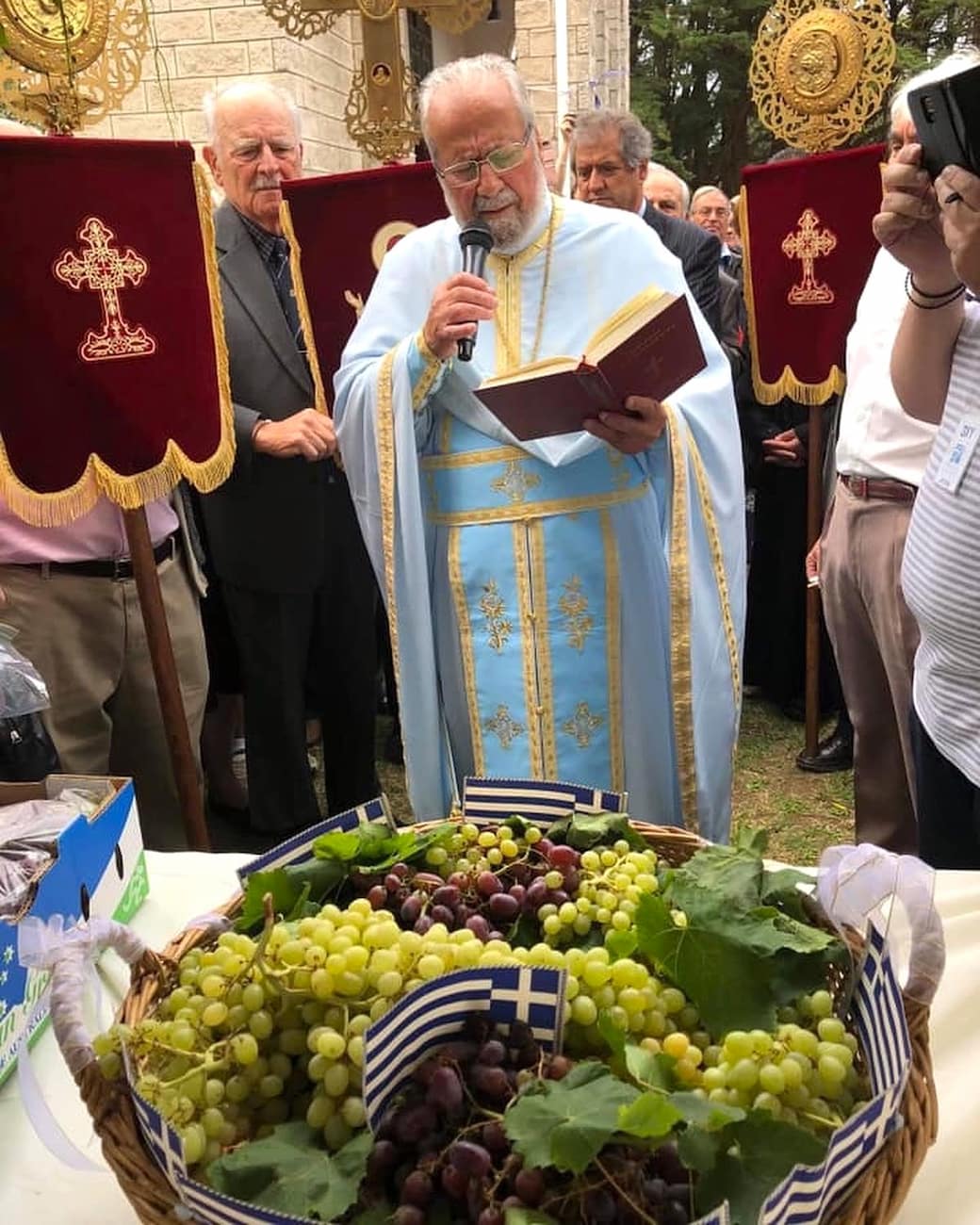
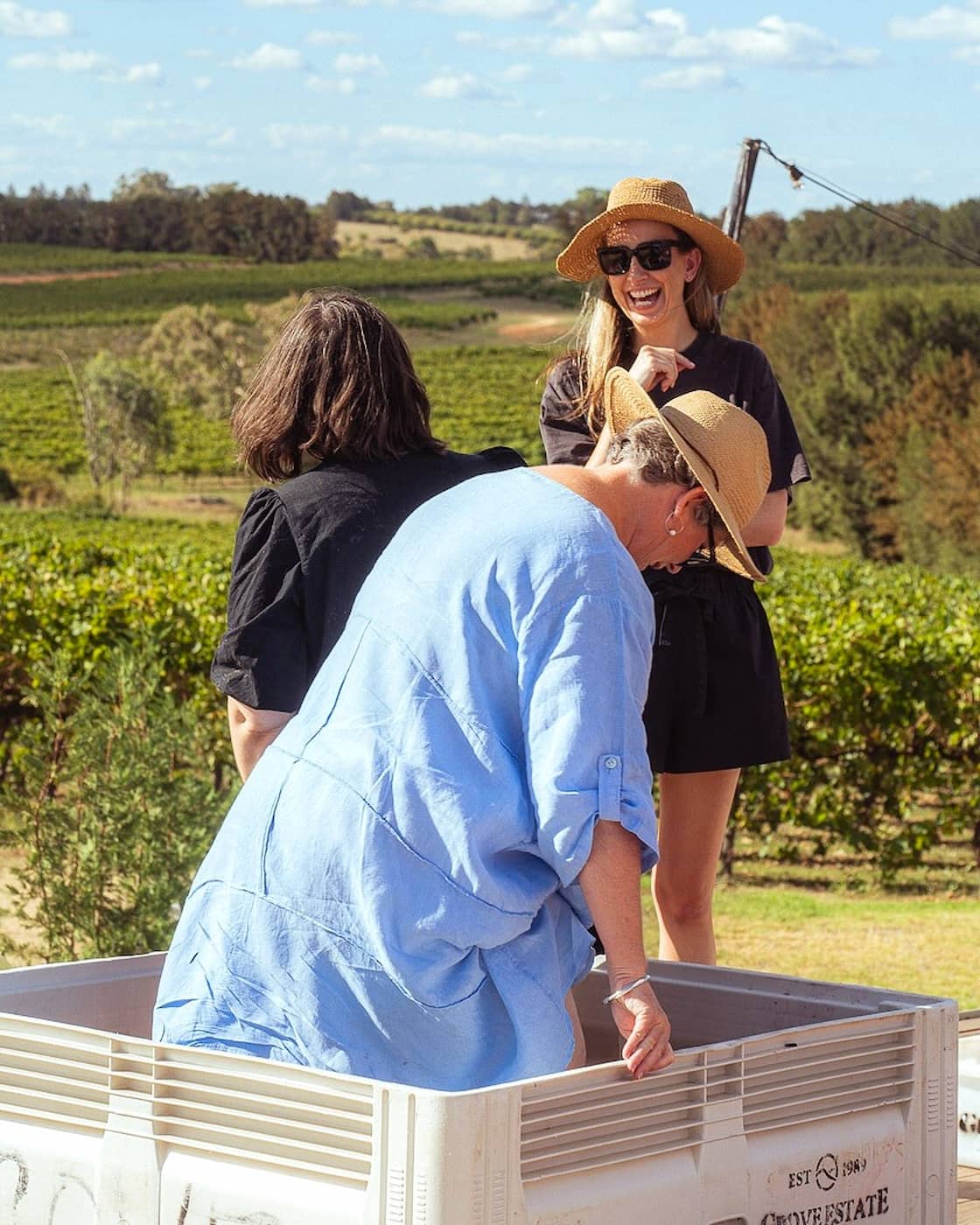

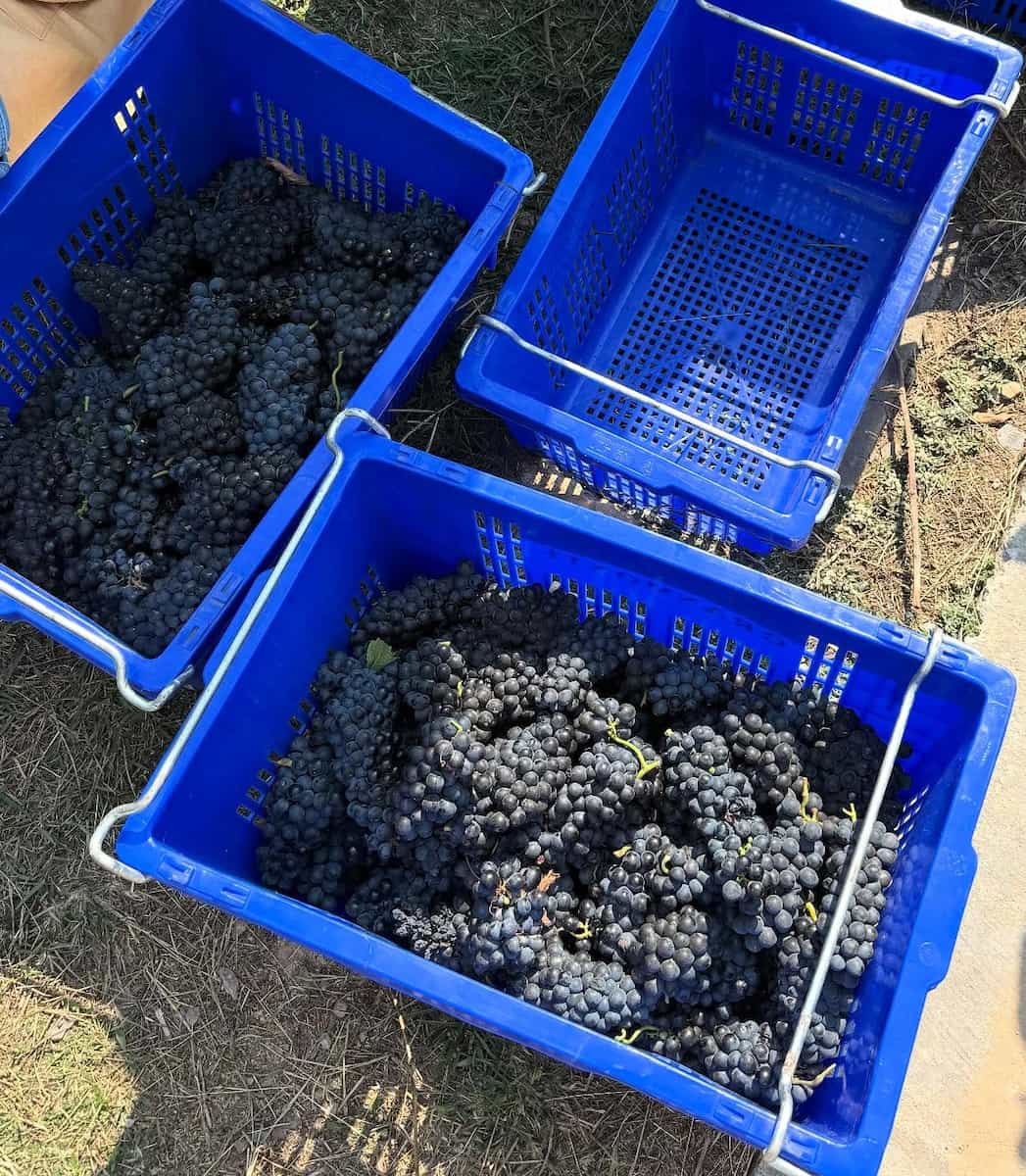
Mushroom Hunting. One of my most unexpected autumn experiences was joining a guided mushroom foraging excursion in the forests near Parga. As summer crowds disappeared, I discovered locals eagerly awaiting the first autumn rains that prompt wild mushrooms to appear. My guide, Dimitris from “Parga Nature Tours,” showed our small group how to identify edible varieties like porcini and chanterelles that thrive in the mixed oak and chestnut forests. The half-day tour cost €35 and concluded with a mushroom cooking demonstration at a local taverna.
Tranquil Beaches. Perhaps my favorite autumn discovery was having Parga’s famous beaches almost entirely to myself. Swimming in late September and October proved delightful, as the sea retained summer’s warmth while the scorching heat had subsided. One perfect afternoon, I counted just seven other people spread across the entire stretch of Valtos Beach – a stark contrast to the hundreds that pack the same sand in August.
Day Trips from Parga
1. Gaios, Paxos
Island Discovery. Last spring, I took the morning boat from Parga harbor to Gaios, the charming main town of Paxos island, and instantly fell in love with its authentic Greek character. The journey aboard the comfortable motorboat Megalochari was an experience in itself – cutting through the dazzling blue Ionian waters while dolphins occasionally raced alongside our vessel. As Parga’s colorful buildings faded into the distance, I felt that unique thrill of island-hopping adventure that keeps drawing me back to Greece year after year.
Harbor Charm. Stepping off the boat in Gaios harbor, I was immediately struck by the vibrant waterfront scene – fishing boats painted in cheerful blues and reds bobbing gently beside elegant yachts, with waterfront cafés spilling onto the promenade. My favorite morning spot quickly became the small bakery near the harbor entrance, where I enjoyed a perfect Greek coffee (€2.50, approximately $2.75) while watching the world go by. The harbor area is surprisingly compact, making it easy to explore on foot.
| Details | Information |
|---|---|
| Location | Paxos Island, 10 nautical miles south of Parga |
| Boat Services | Daily departures at 10:00am from Parga Harbor (April-October) |
| Round-trip Ticket | Adults: €25 (approx. $27.50), Children: €15 (approx. $16.50) |
⭐ Best activities
- From Parga: Paxos and Antipaxos Cruise with Blue Caves – Relax and take in the striking coastal views on a guided boat trip departing from Parga. Visit Voutoumi Beach on Antipaxos and the Blue Caves on Paxos, then head over to Gaios and stroll around town.
2. Necromanteion of Acheron
Mythological Gateway. My journey to the Necromanteion of Acheron last summer was like stepping through time into Greek mythology itself. Located about 22km south of Parga in the village of Mesopotamos, this ancient temple was believed to be the actual doorway to Hades – the underworld realm of the dead. As I climbed the small hill where the sanctuary sits, I could almost feel why the ancient Greeks considered this spot so mystical. The temple stands at the meeting point of three rivers – Acheron, Pyriphlegethon, and Cocytus – whose names translate to “joyless,” “burning coals,” and “lament.” Even today, there’s something undeniably atmospheric about this place.

Archaeological Wonder. Walking through the remains of this 3rd century BC temple, I was fascinated by its ingenious construction. The underground chamber, with its remarkable acoustics, was deliberately designed to create intense psychological effects on visitors. My guide explained how pilgrims would undergo three stages of physical and spiritual tests during their stay in the dark rooms, following special diets (including hallucinogenic substances) to prepare them for “communicating with the dead.” The silence in the underground room is profound – recent studies by the Aristotle University of Thessaloniki confirmed that the space was engineered for specific psycho-acoustic effects.
| Details | Information |
|---|---|
| Location | Village of Mesopotamos, 22km south of Parga |
| Opening Hours | 8:30am-3:30pm Tuesday-Sunday (closed Mondays) |
| Entrance Fee | Adults: €8 (approx. $8.80), Students: €4 (approx. $4.40) |
| Transportation Options | Guided bus tours from Parga (€20-25 including admission) |
⭐ Best activities
- Acheron River Springs, Necromanteion and Souli Jeep tour – The Acheron River is a peaceful paradise with natural pools and waterfalls, perfect for a refreshing swim. The journey starts with a visit to the “Necromanteion” archaeological site.
❓FAQ
How do I get to Parga?
Parga is easily accessible by car or bus from major cities in western Greece. The nearest airport is in Preveza, about a 1-hour drive from Parga. From there, you can rent a car or take a taxi to reach this charming Greek town. If you’re coming from Corfu, consider a boat trip to the mainland, followed by a short drive to Parga.
What are the best things to see and do in Parga?
Parga offers much to see and do, including exploring the Venetian Castle for panoramic views of Parga and its surroundings, visiting the old town of Parga with its colorful streets, and relaxing at beaches like Valtos Beach and Piso Kryoneri Beach. Don’t miss a boat trip to Paxos and Antipaxos or the stunning Blue Caves. These attractions highlight the natural beauty of Parga and its rich history.
Is it worth taking a boat trip to Paxos and Antipaxos?
Absolutely! A boat trip to Paxos and Antipaxos is one of the top things to do in Parga. You’ll enjoy crystal-clear waters, hidden coves, and the famous Blue Caves. Many tours include stops for swimming and snorkeling. Prices typically range from €30-50 (approximately $33-55) per person.
What are the best beaches in Parga?
The beaches of Parga are among the best in Greece. Valtos Beach is ideal for water sports and beach bars, while Lichnos Beach offers tranquility and natural beauty. Piso Kryoneri Beach, located near the town center, is perfect for families. Each beach features clear waters and unique atmospheres.
What is there to do around Parga?
Around Parga, you’ll find many attractions worth exploring. Visit Ali Pasha Castle for stunning views of western Greece or take a short drive from Parga to the Necromanteion of Acheron, an ancient temple steeped in mythology. For nature lovers, hiking along the Acheron River or visiting nearby small islands is a must.
When is the best time to visit Parga?
The best time to visit Parga is between May and September when the weather is warm, and all attractions are open. However, spring (April-May) and autumn (September-October) offer fewer crowds while still allowing you to enjoy the natural beauty of Parga.
Where should I stay in Parga?
Accommodation in Parga ranges from boutique hotels in the old town to beachfront apartments near Valtos Beach. Staying in central Parga allows easy access to top attractions like the port of Parga, local restaurants, and beaches.
